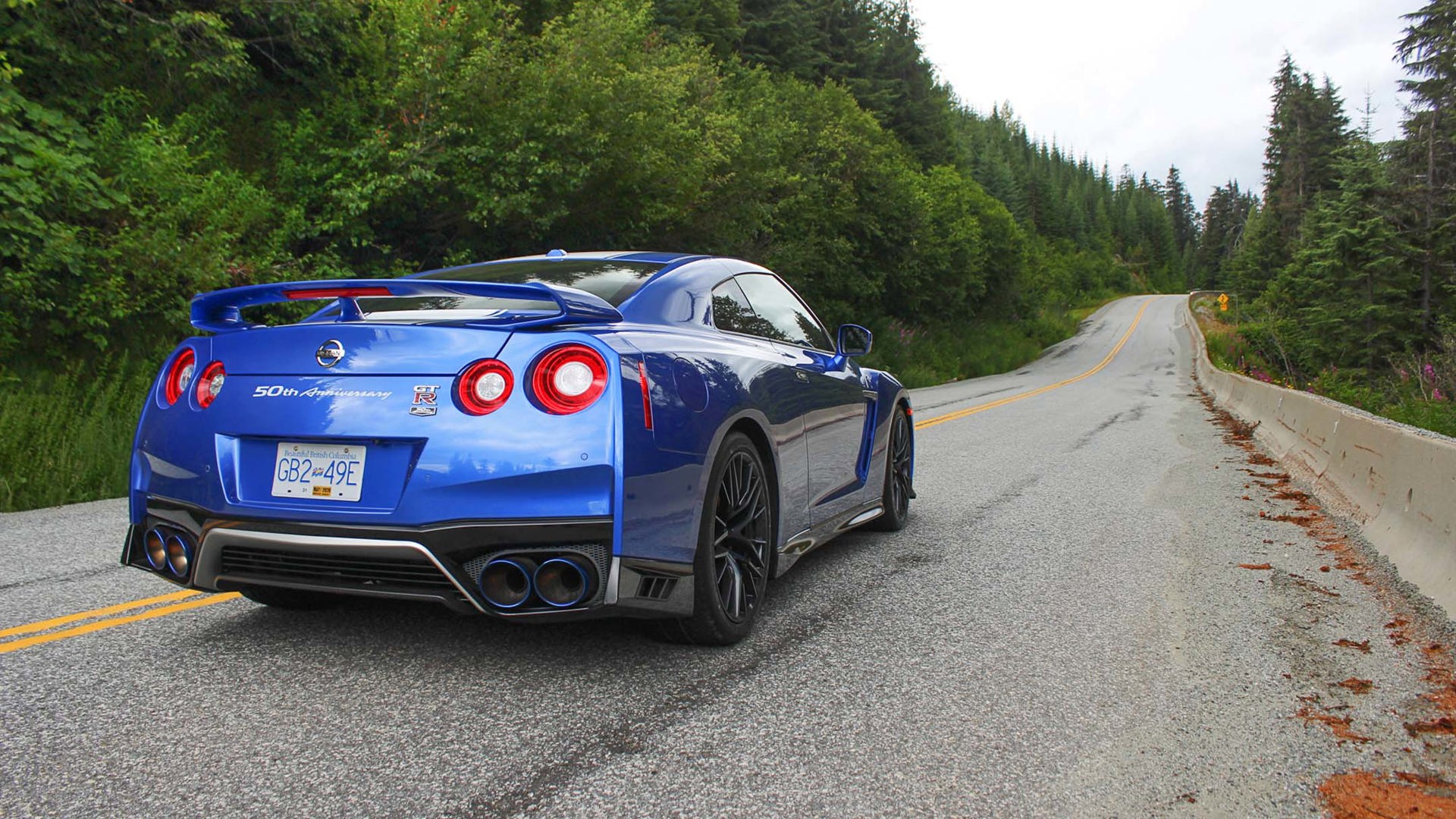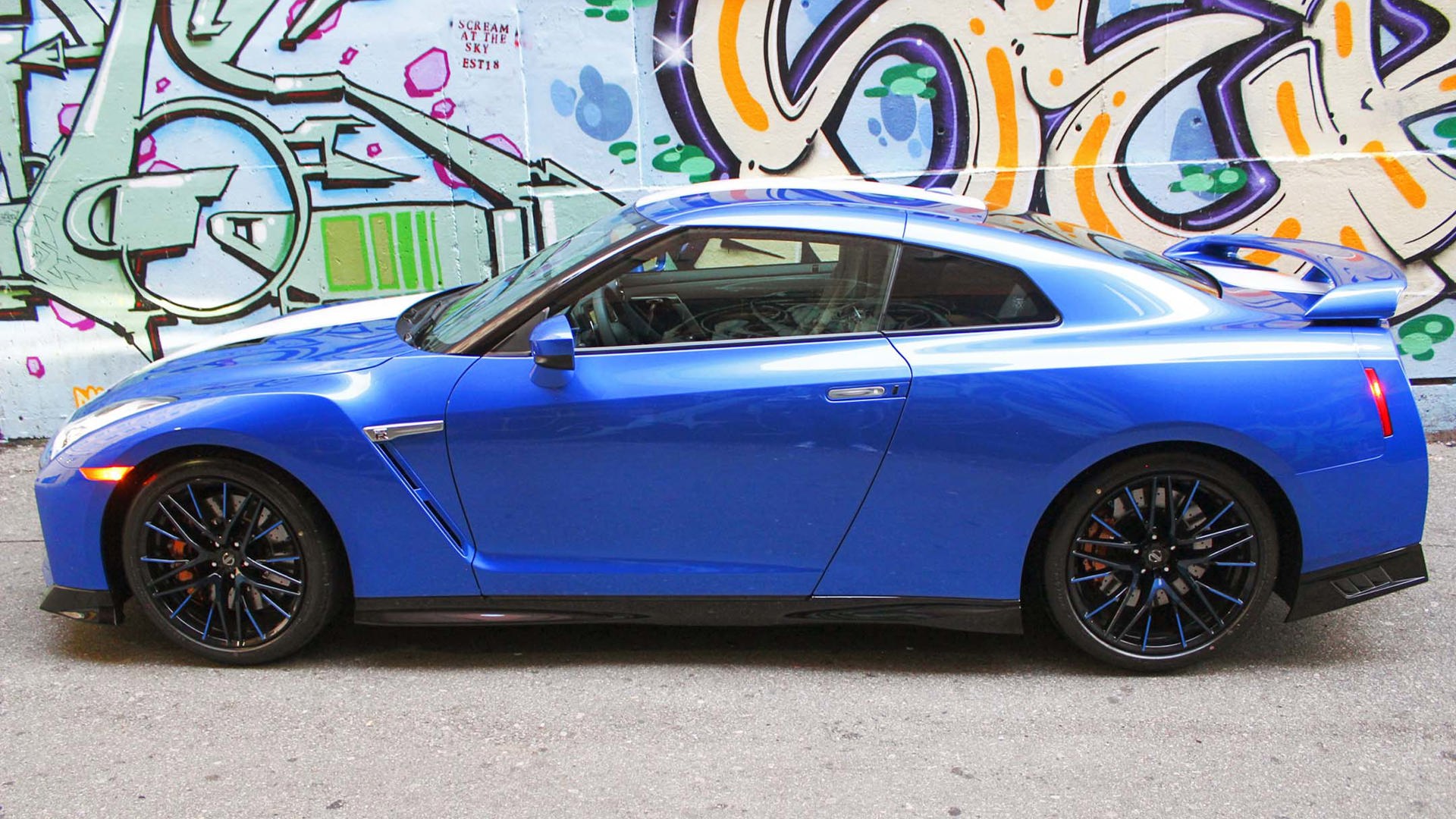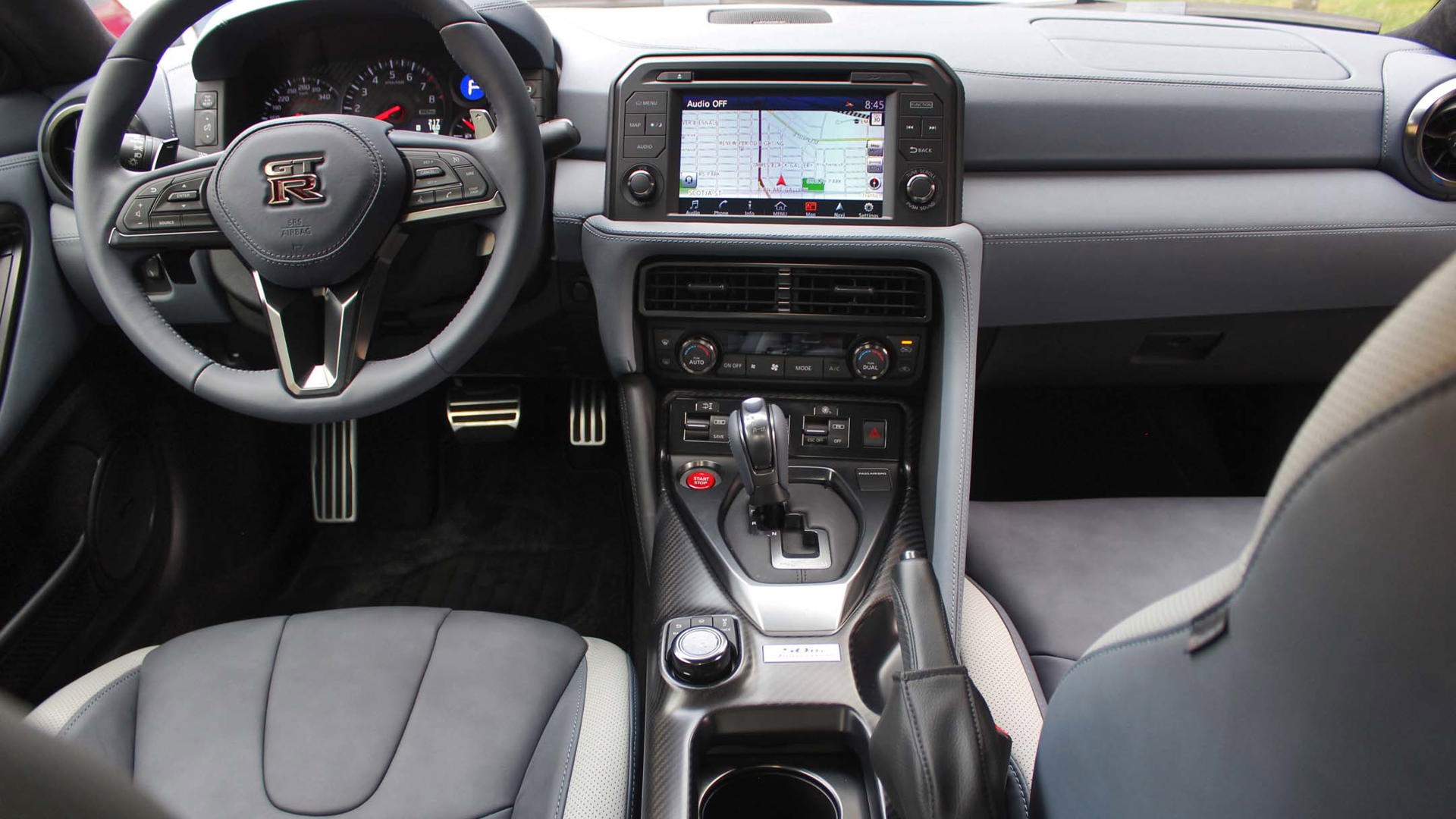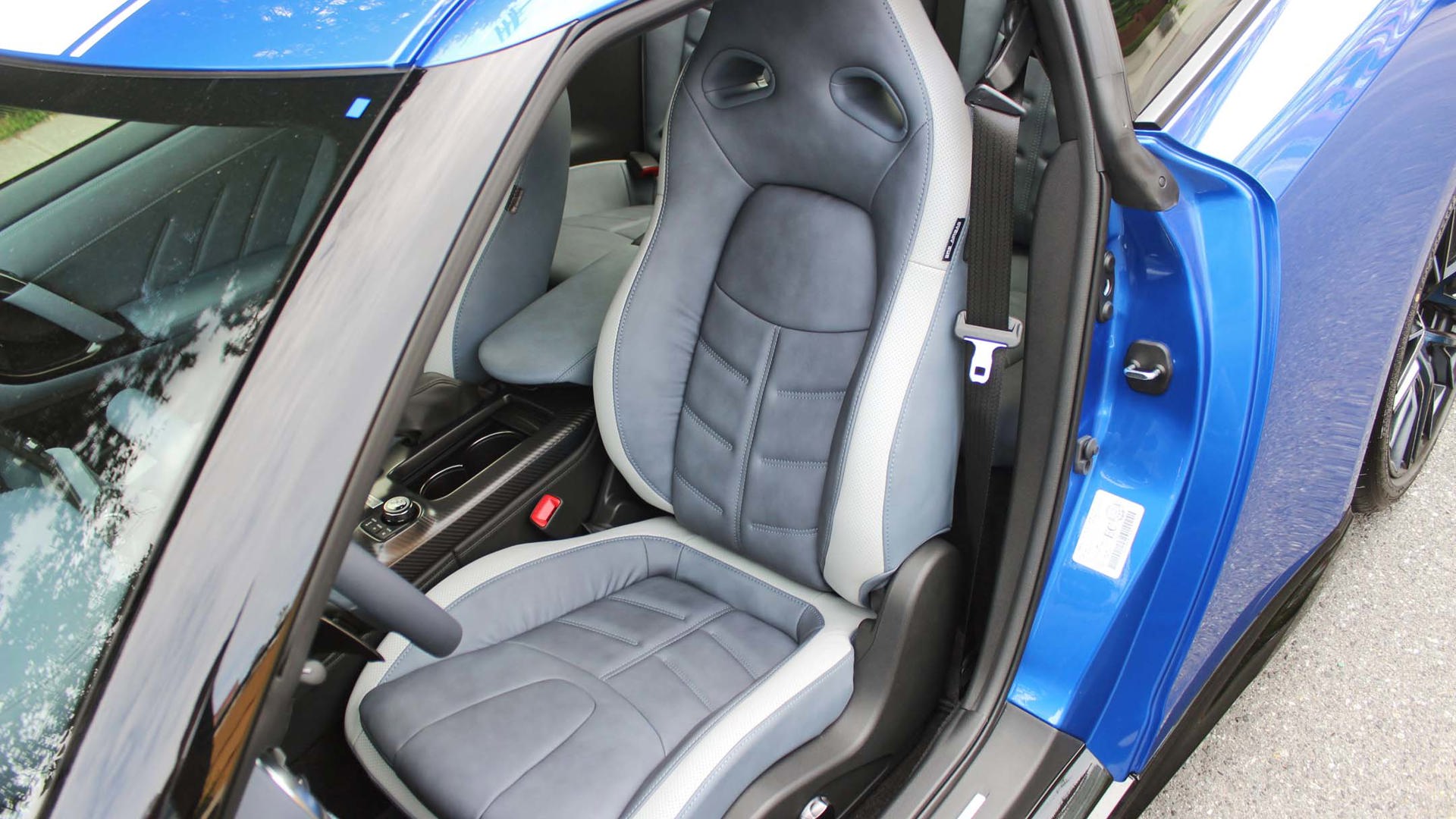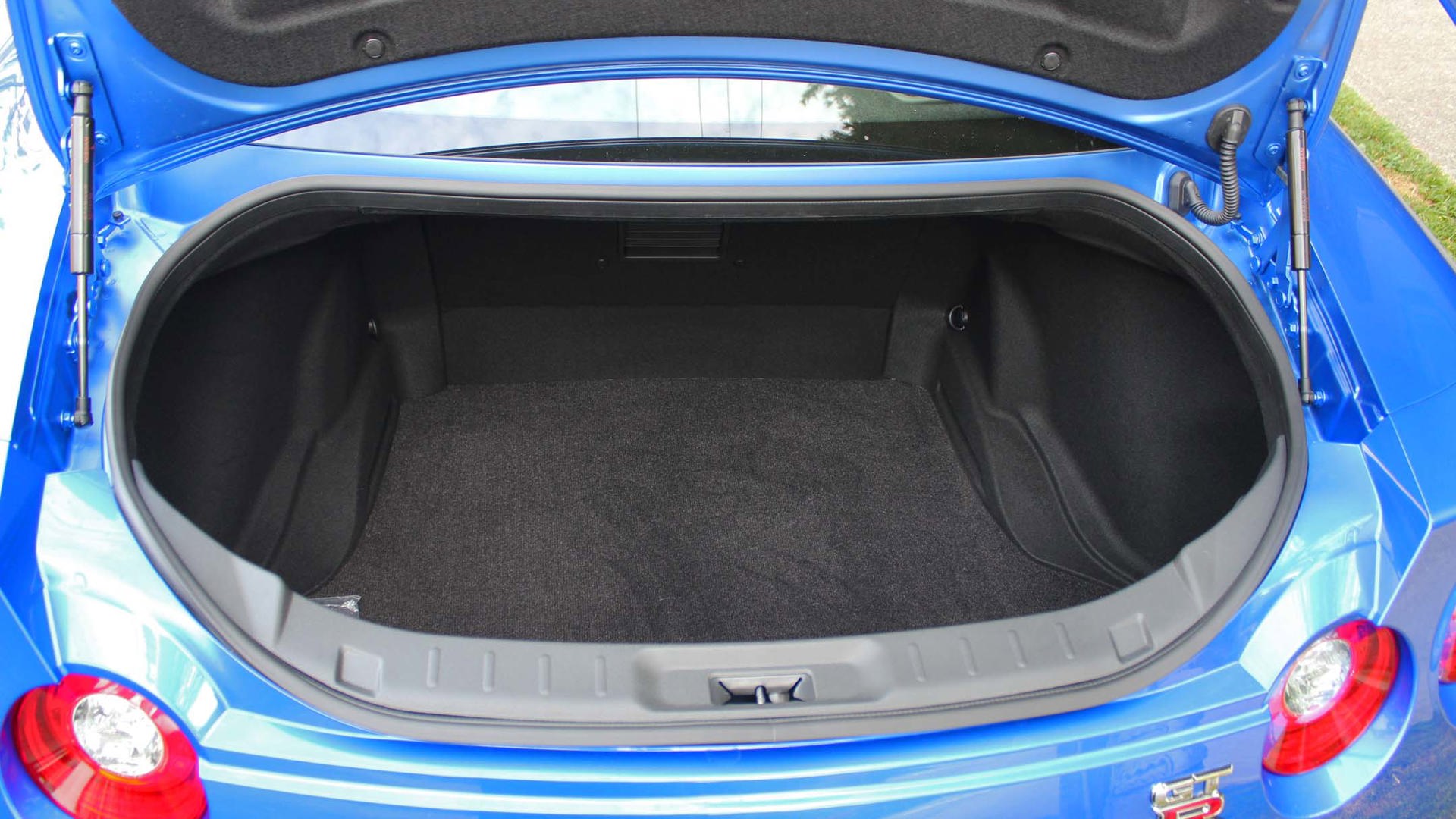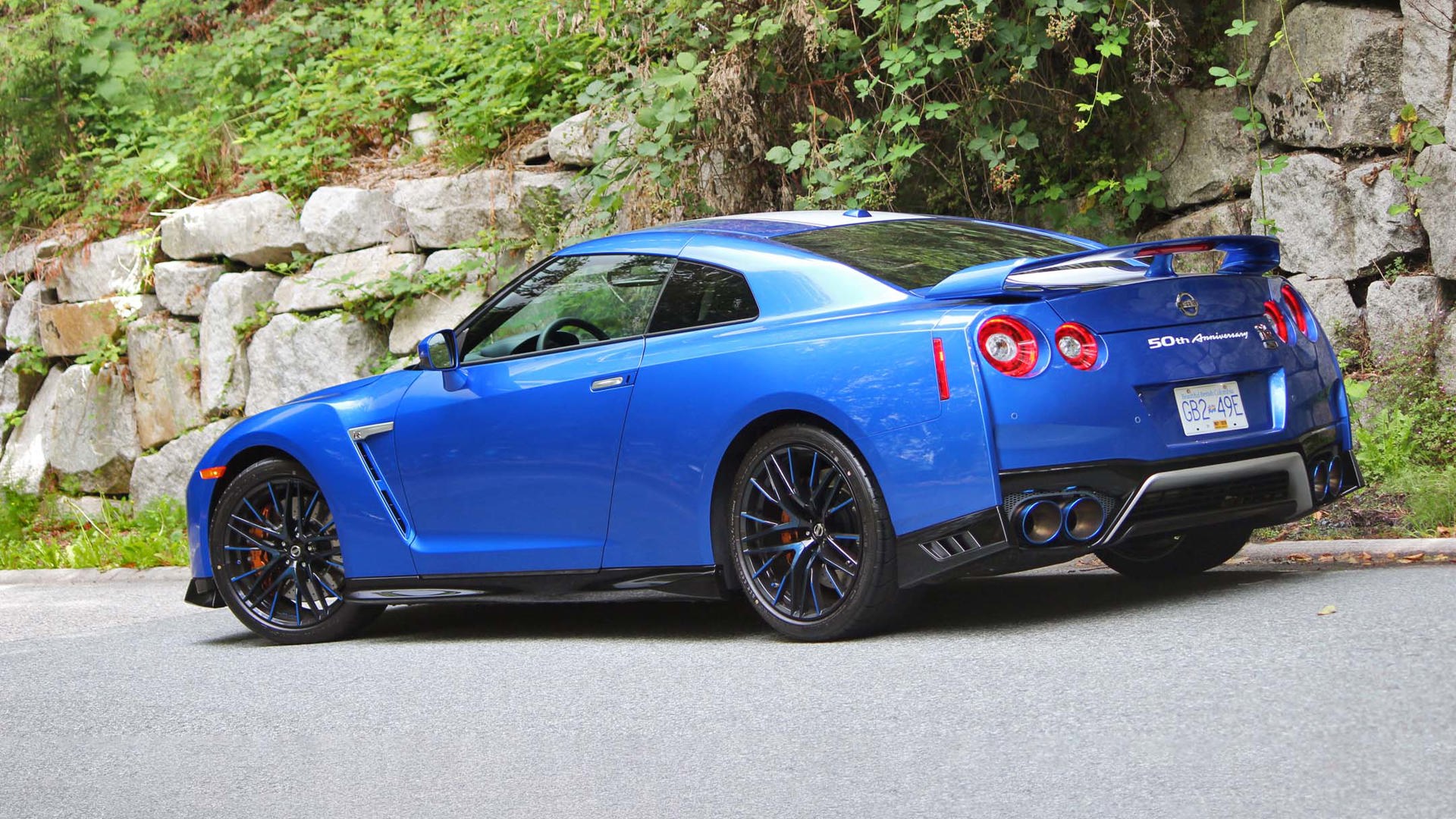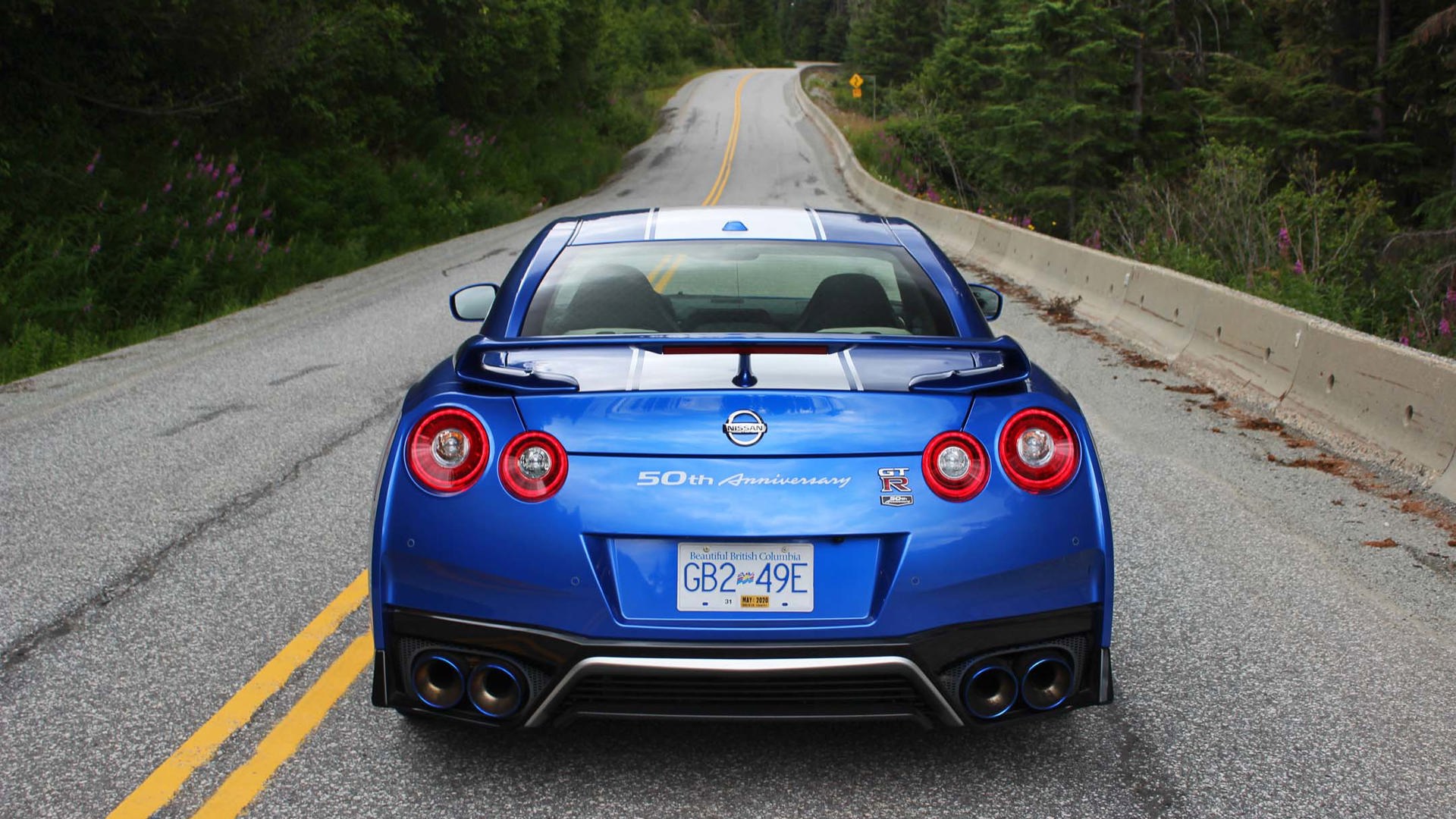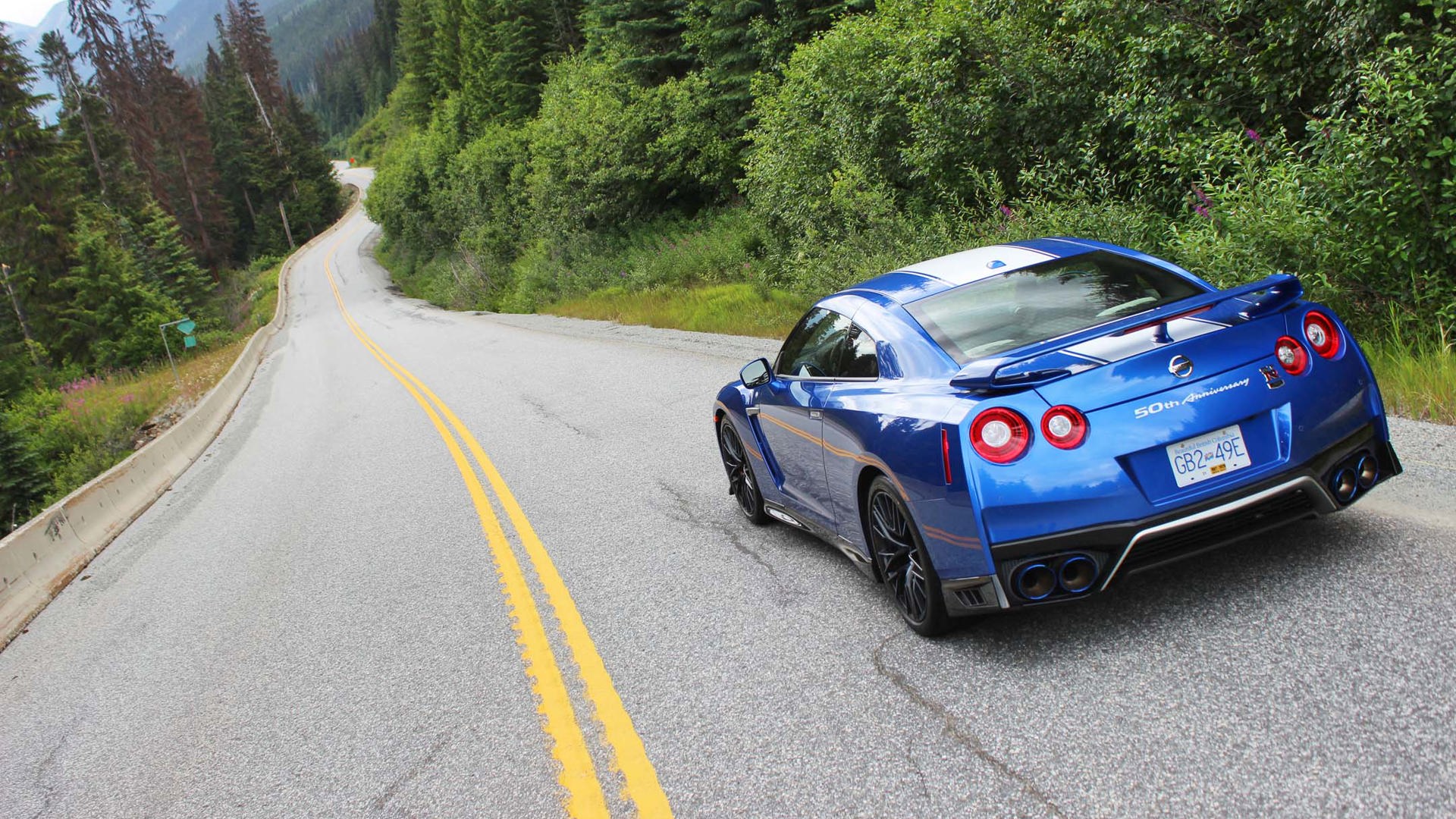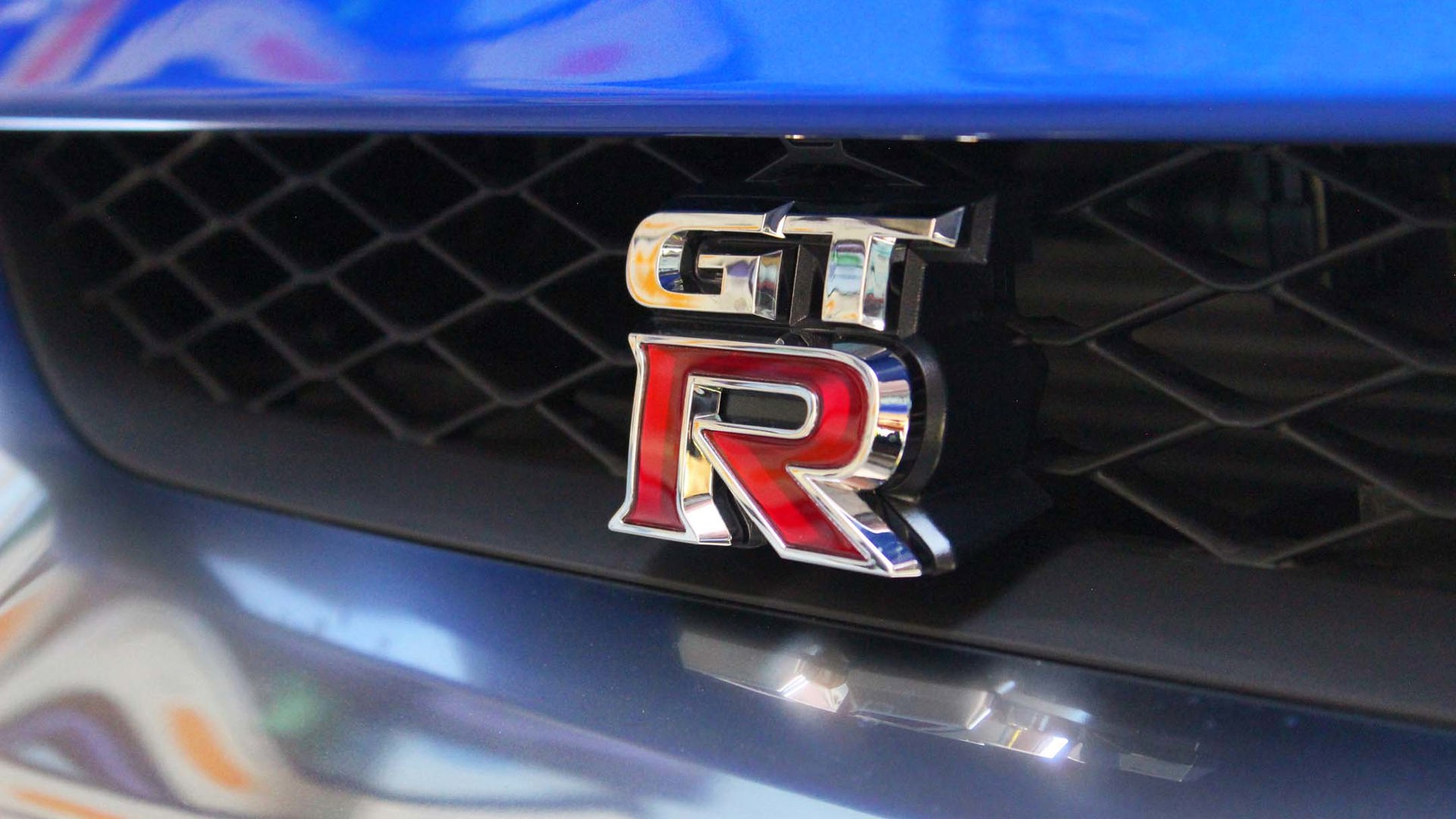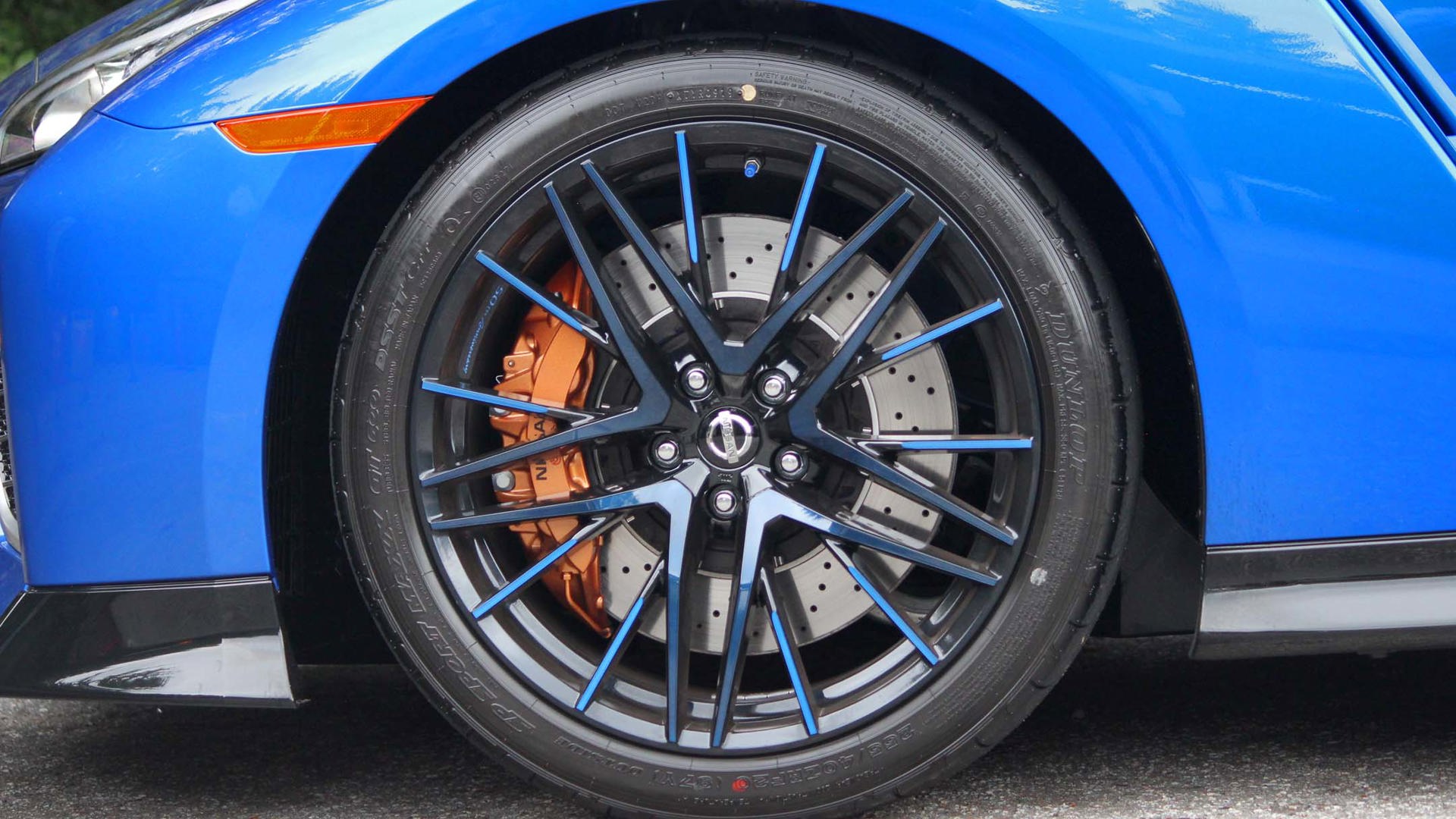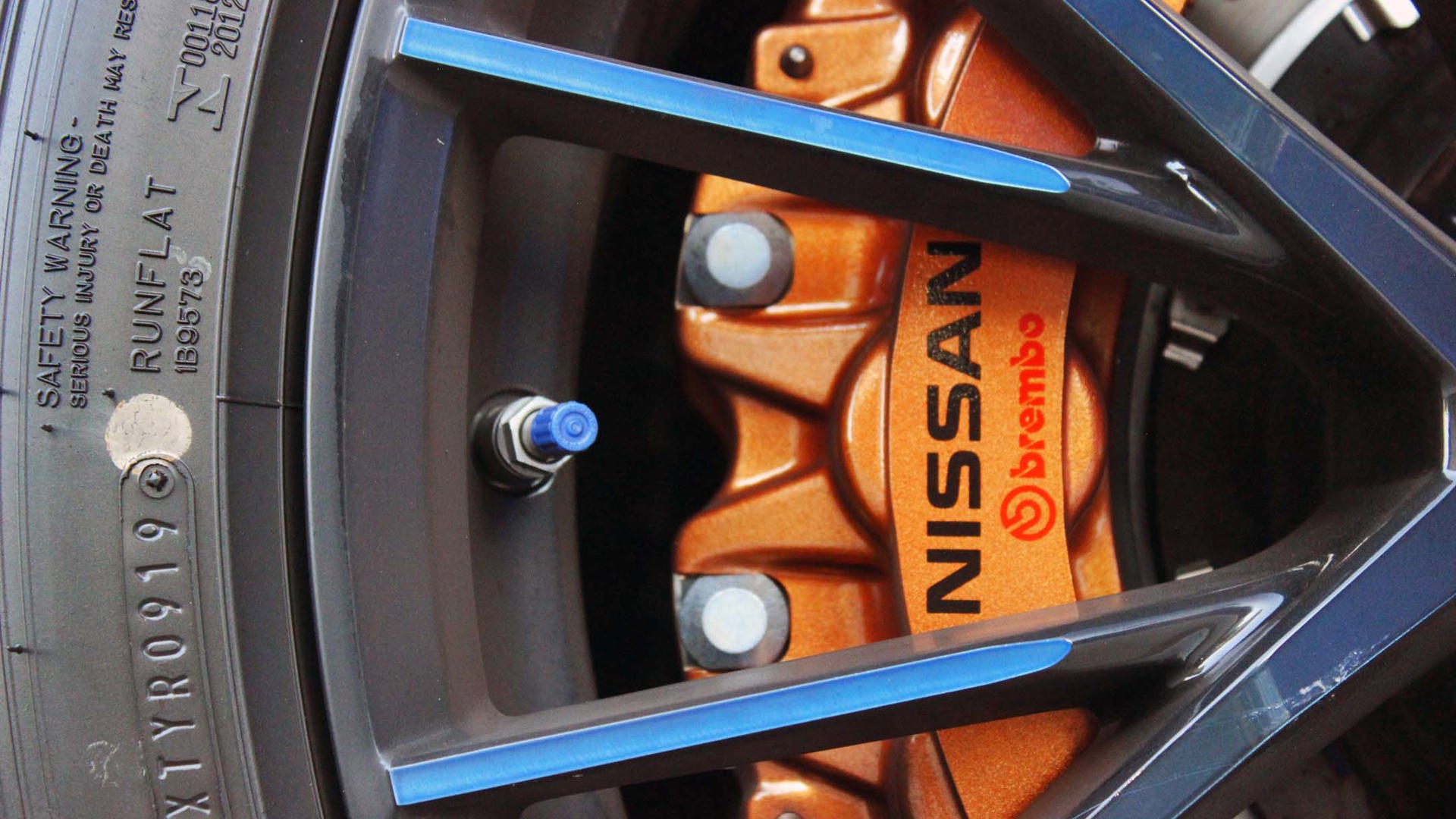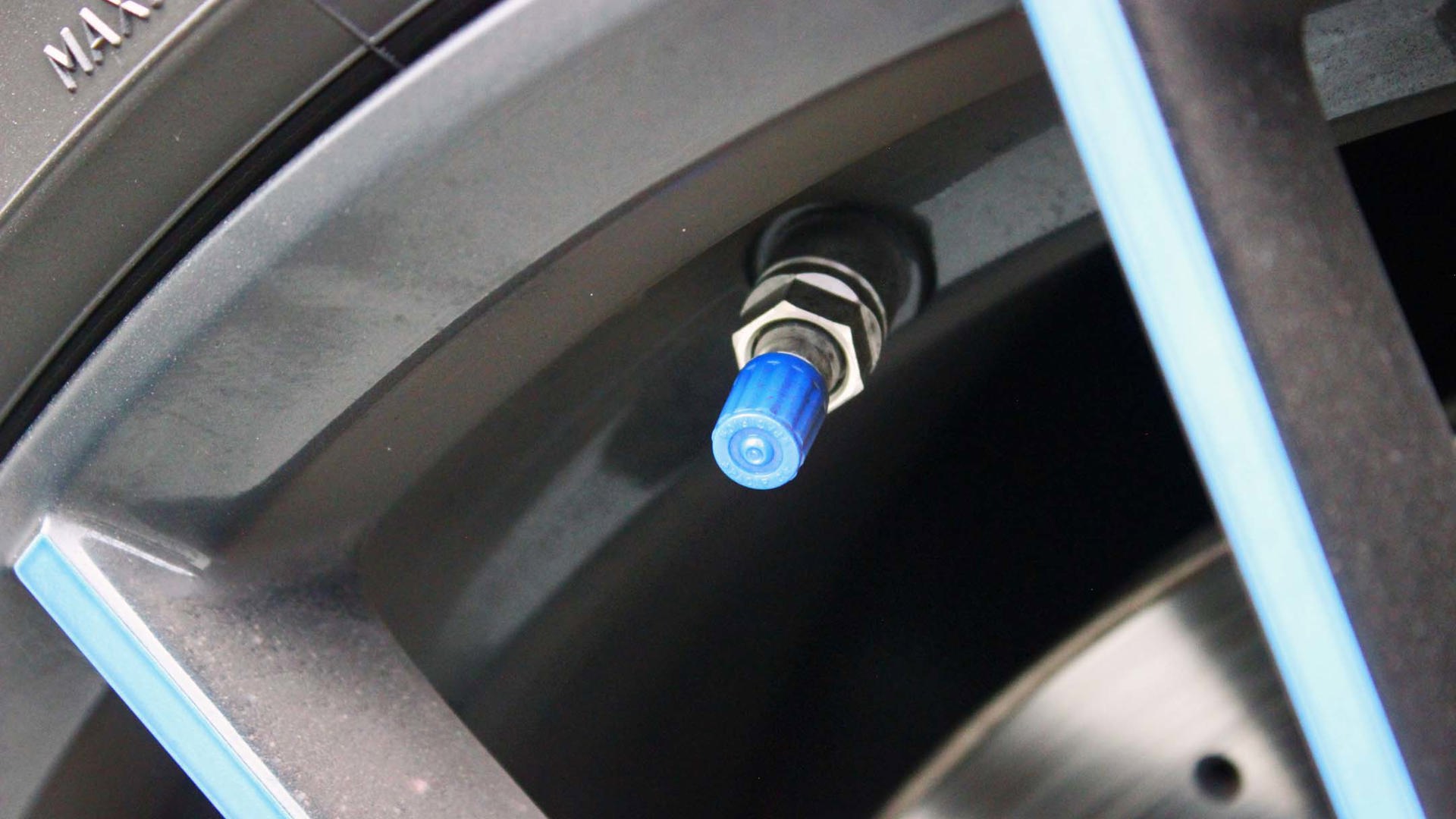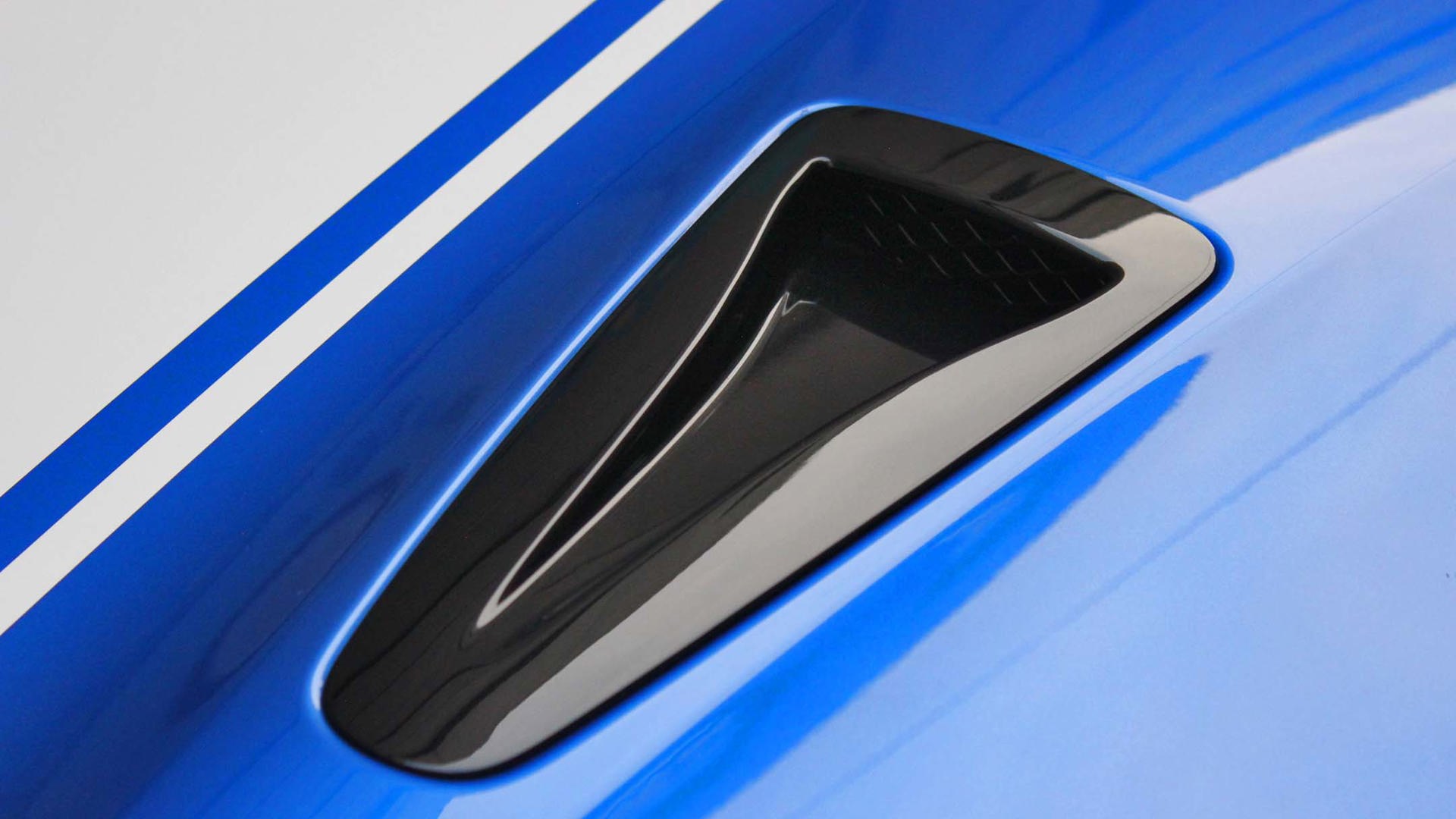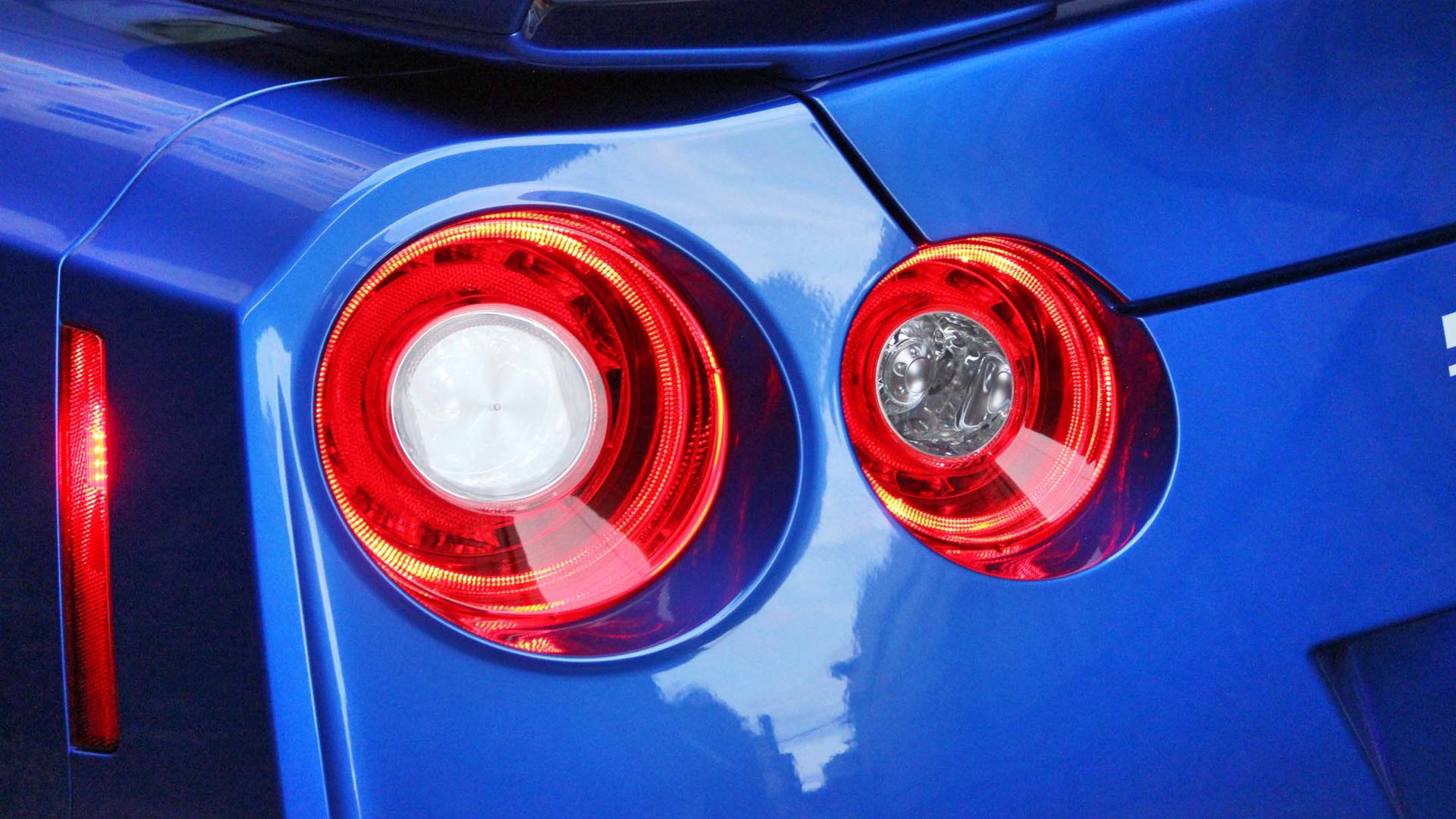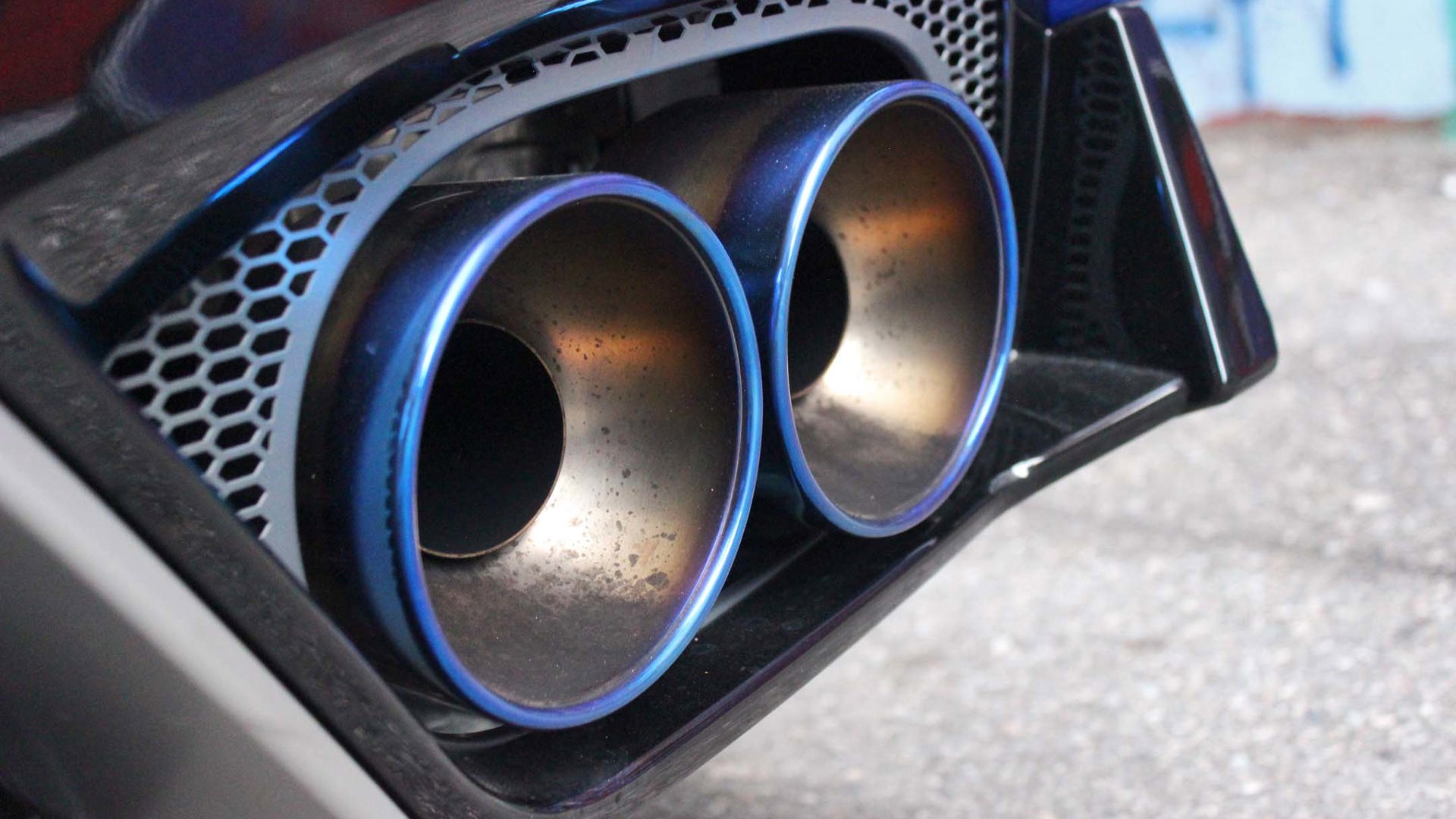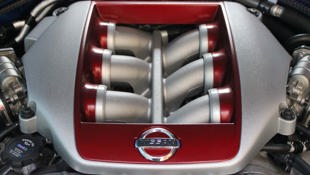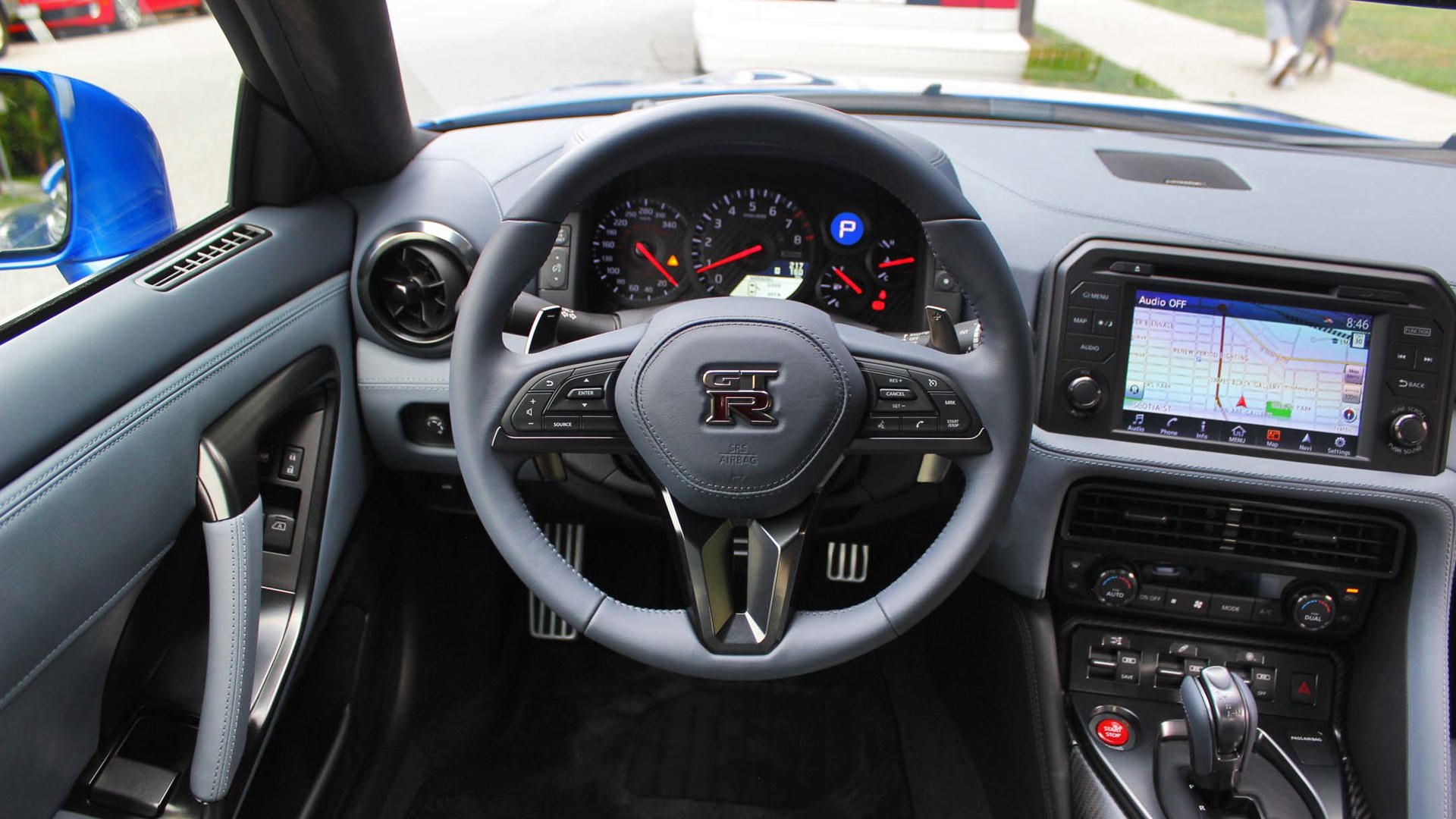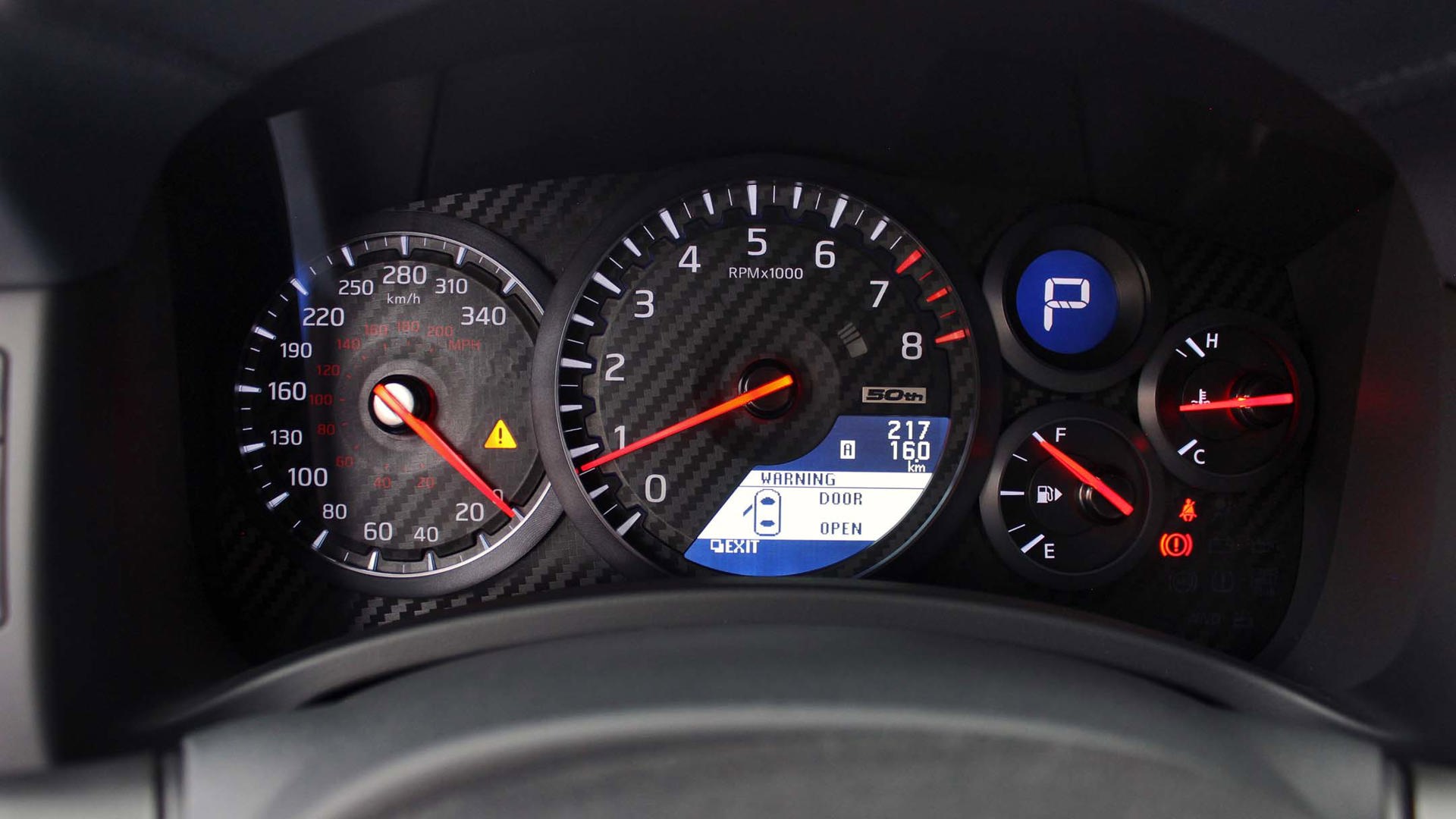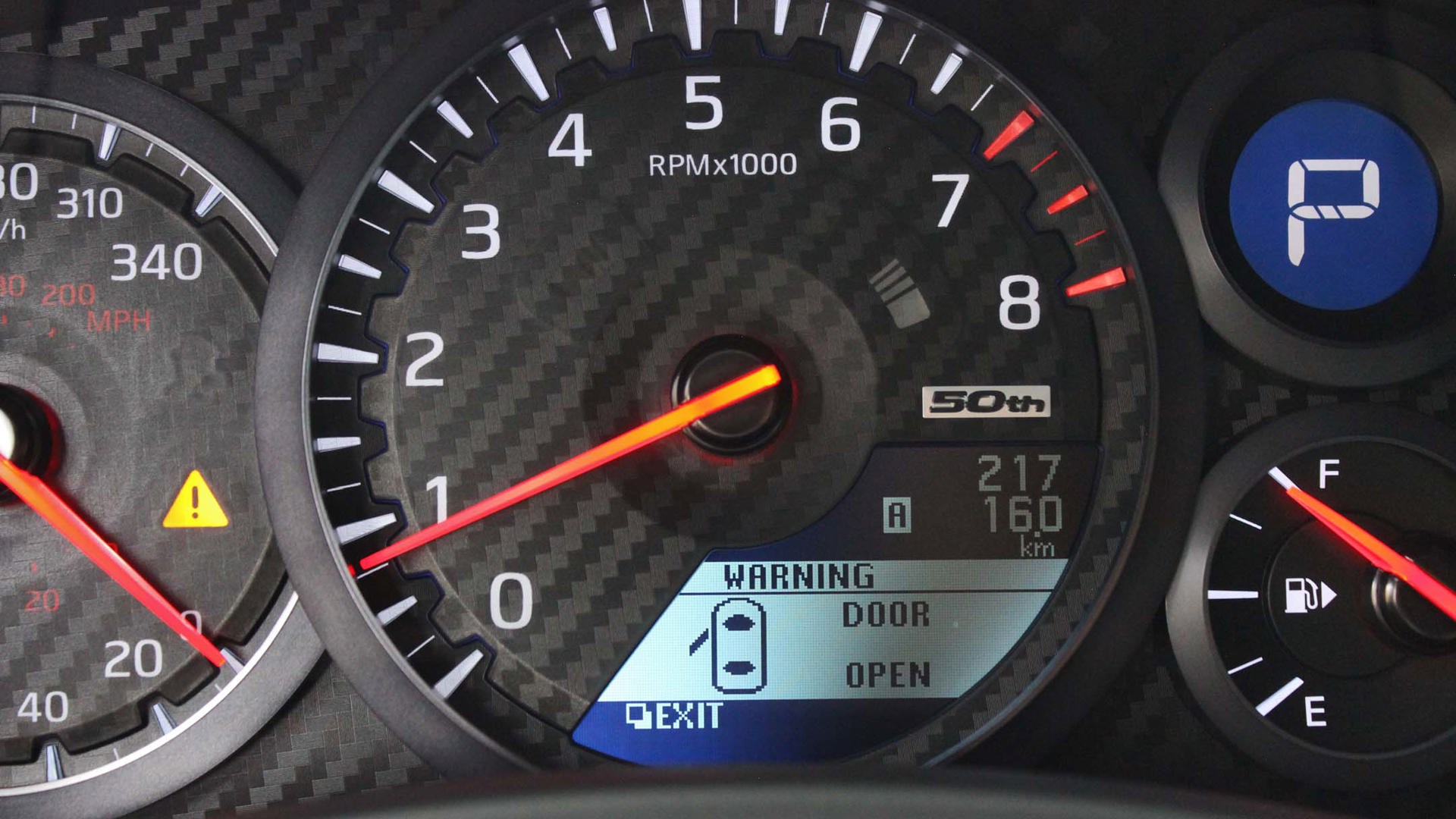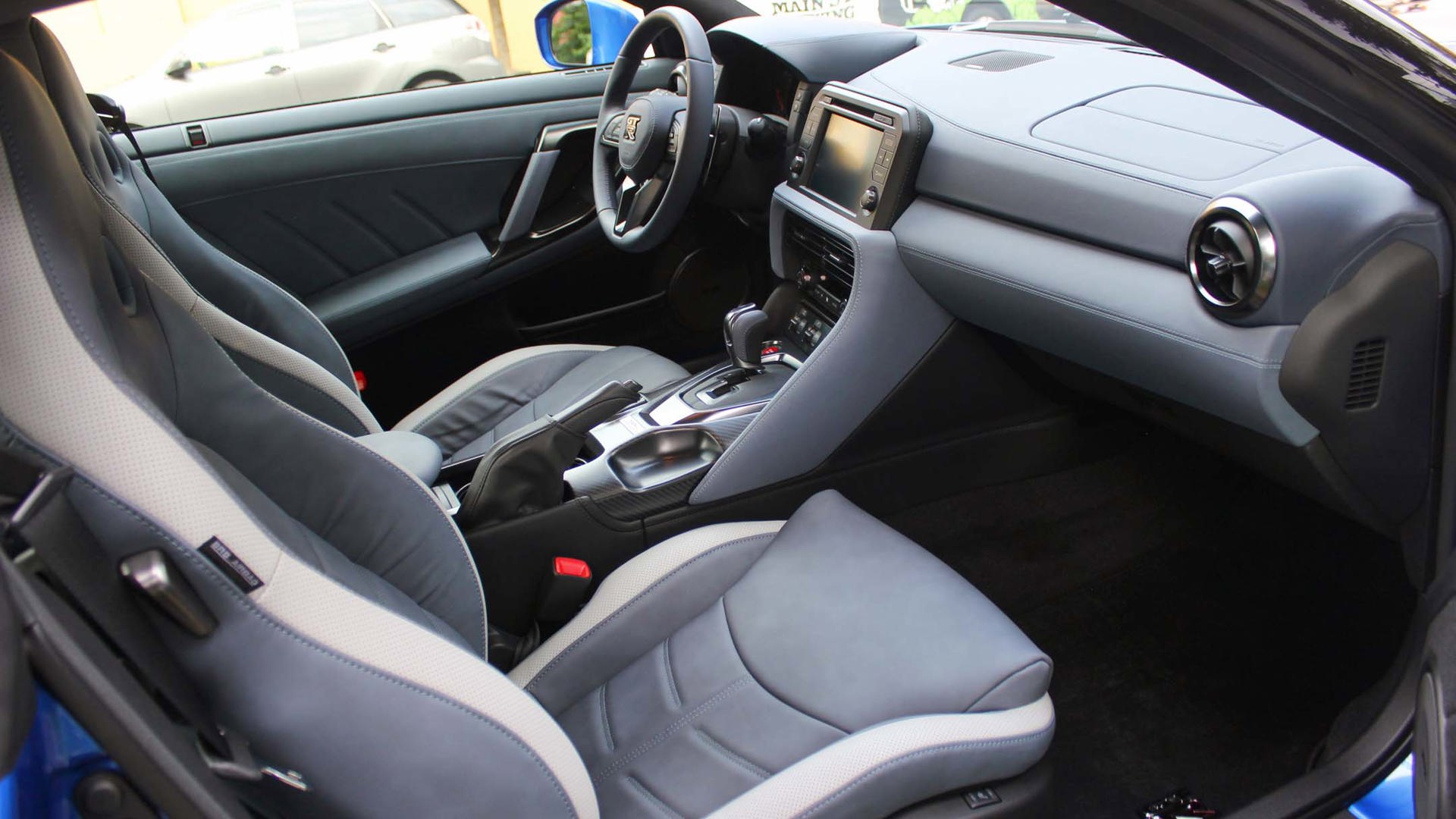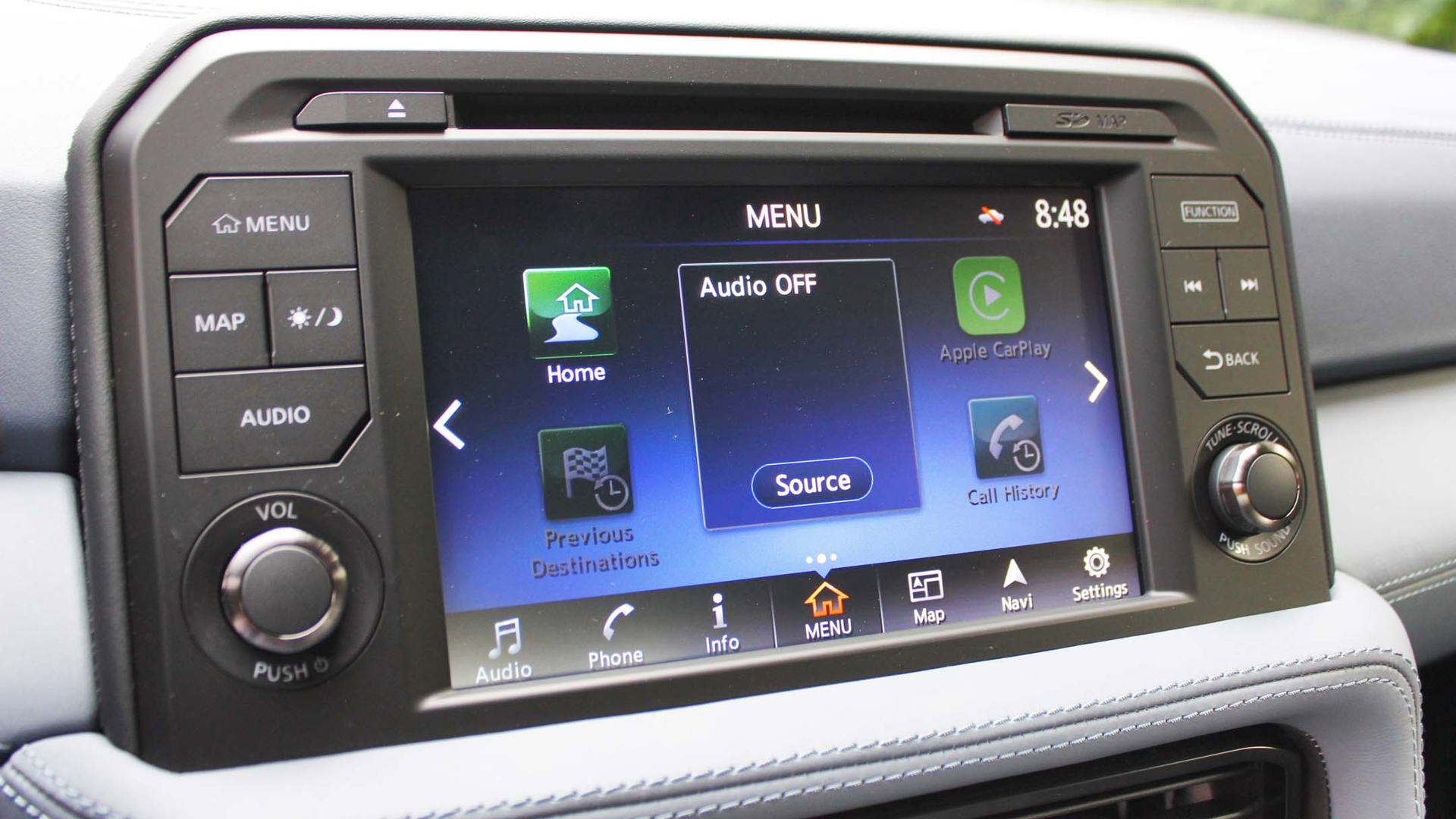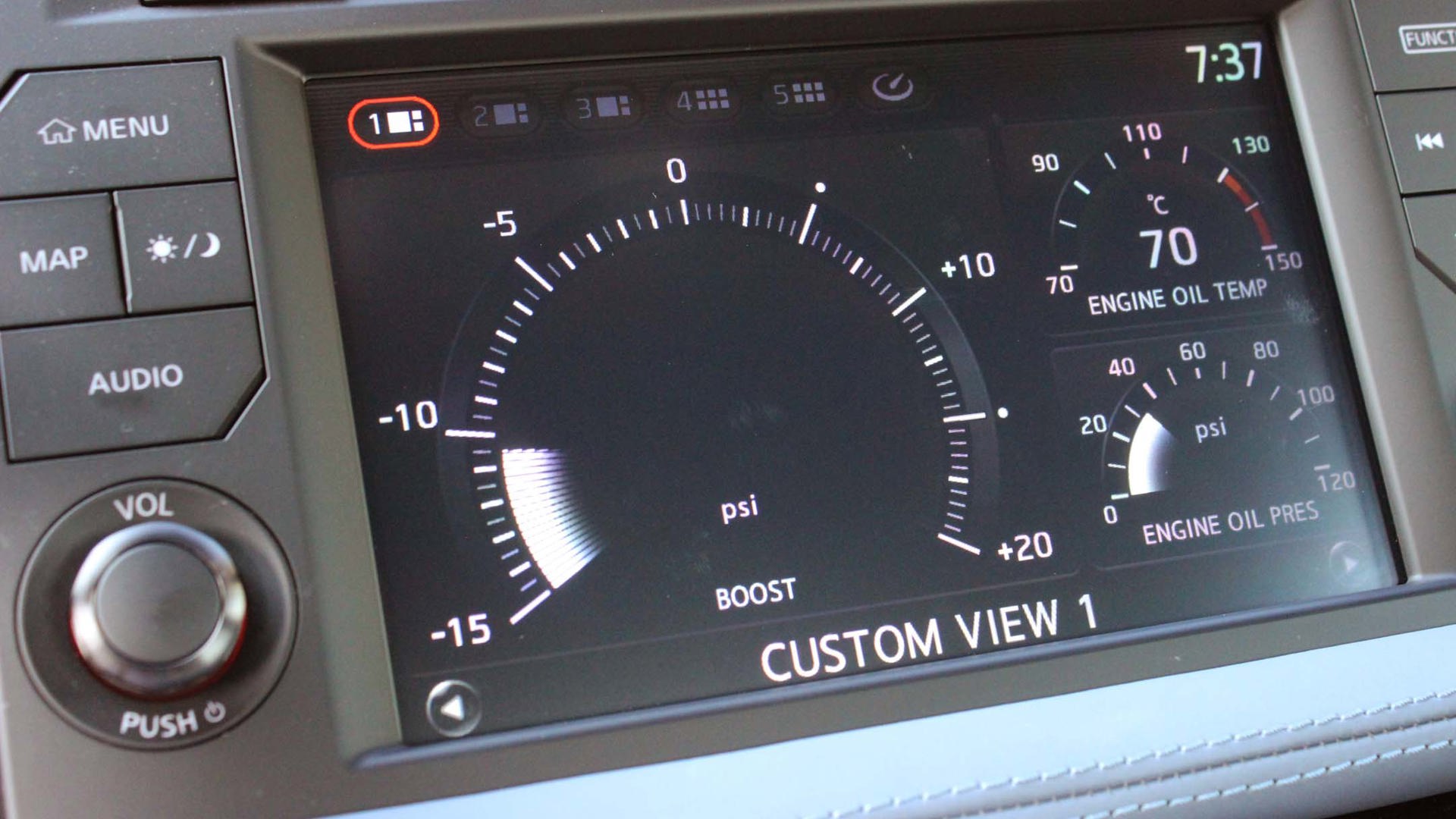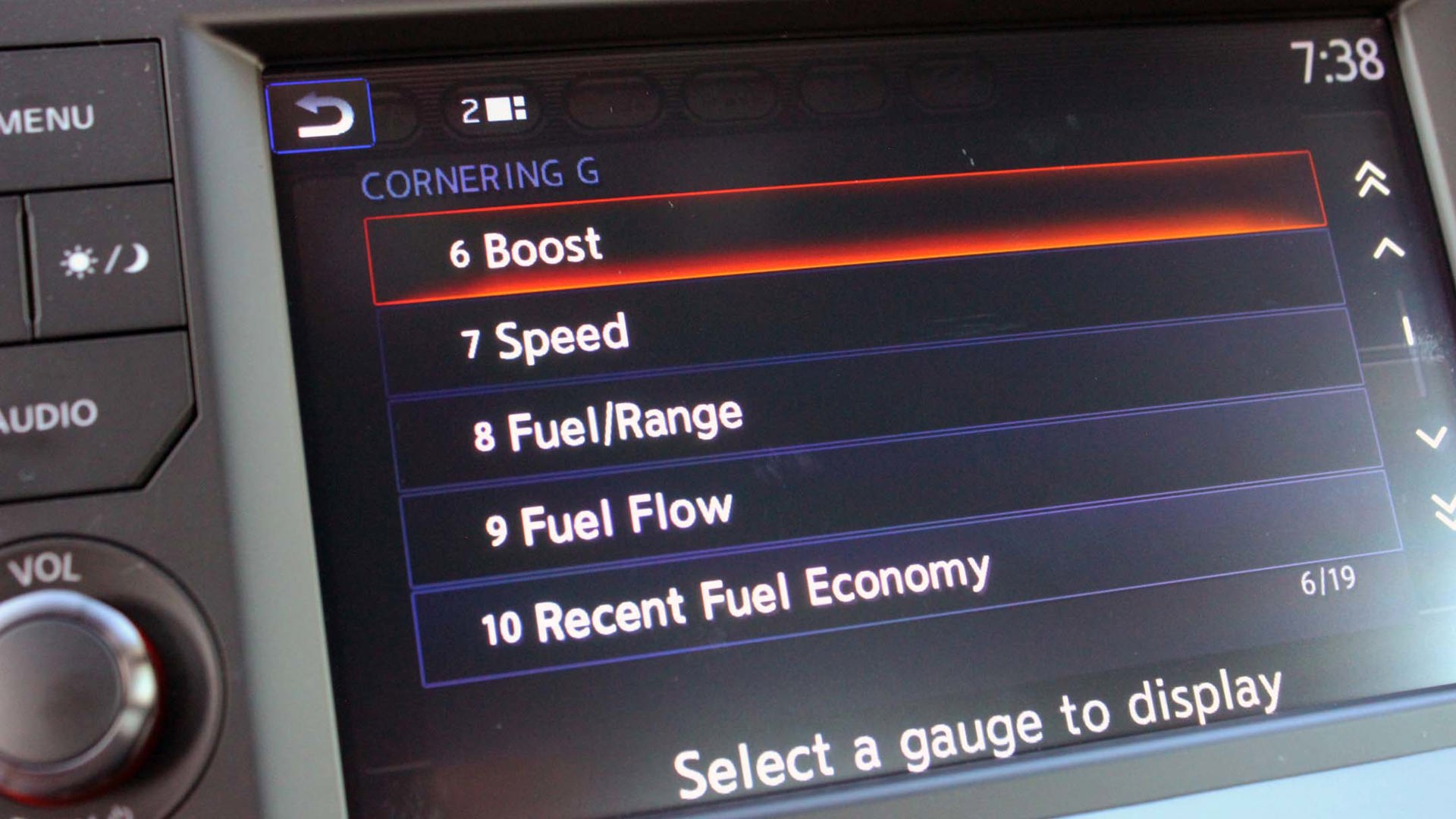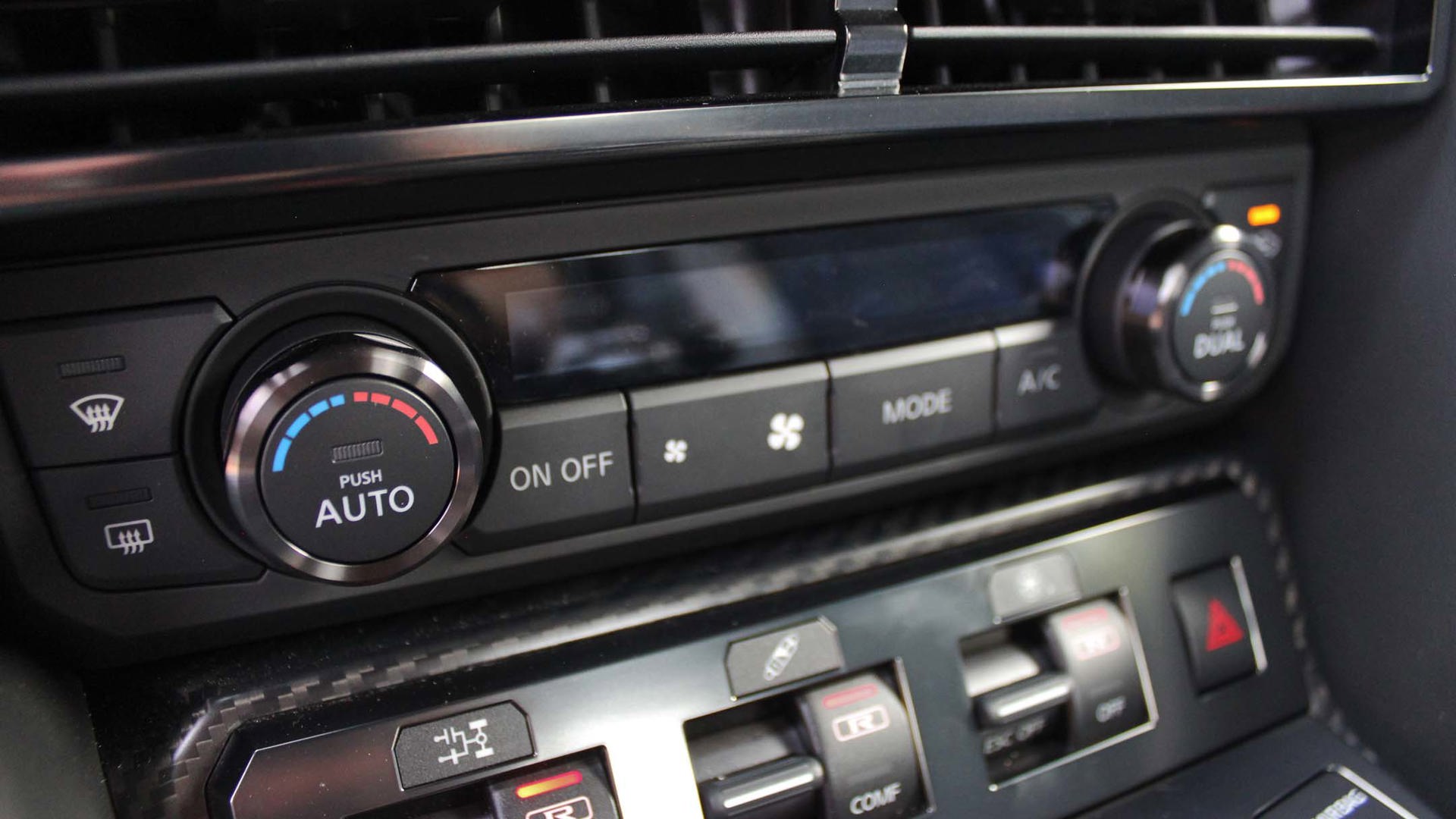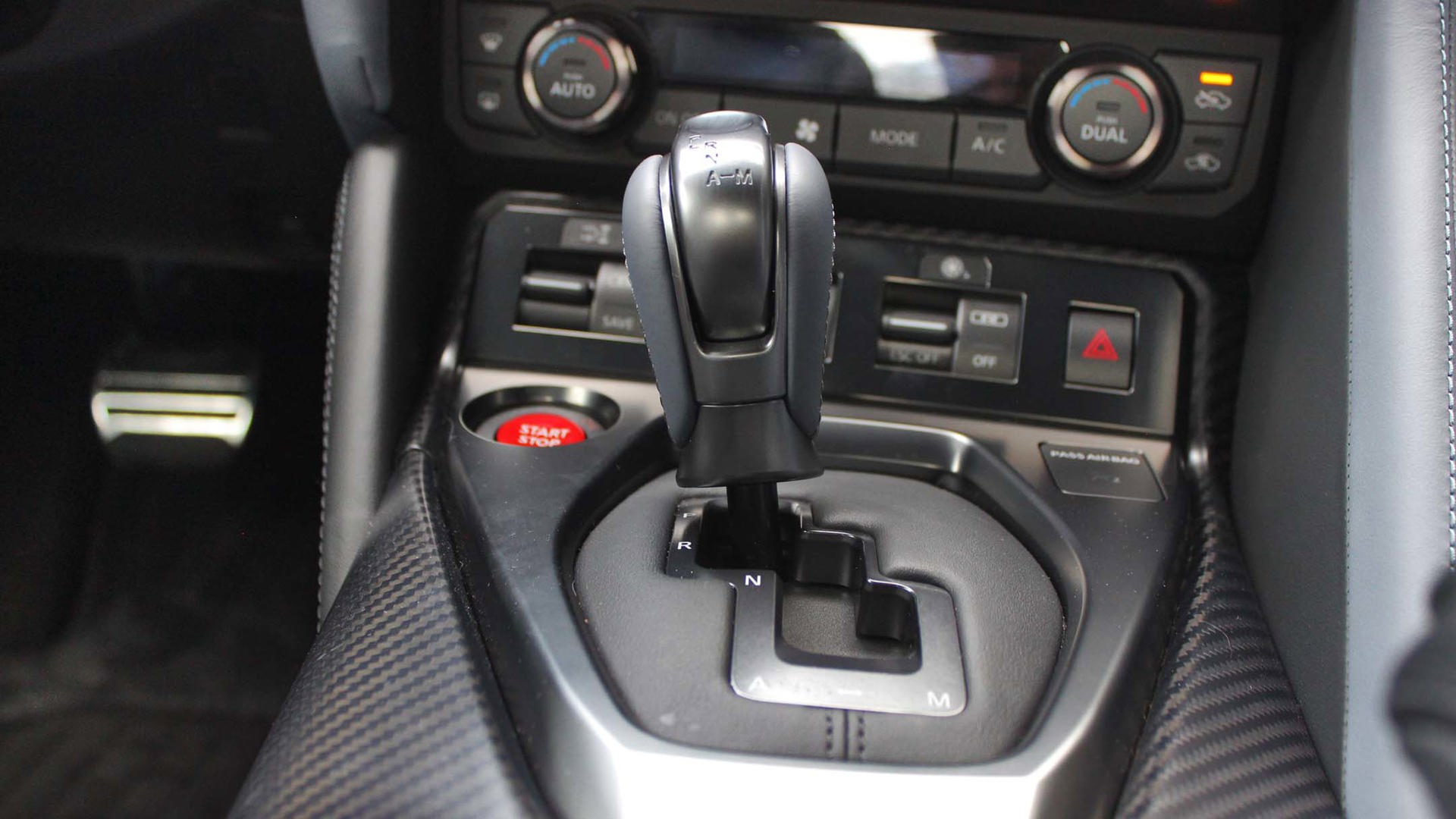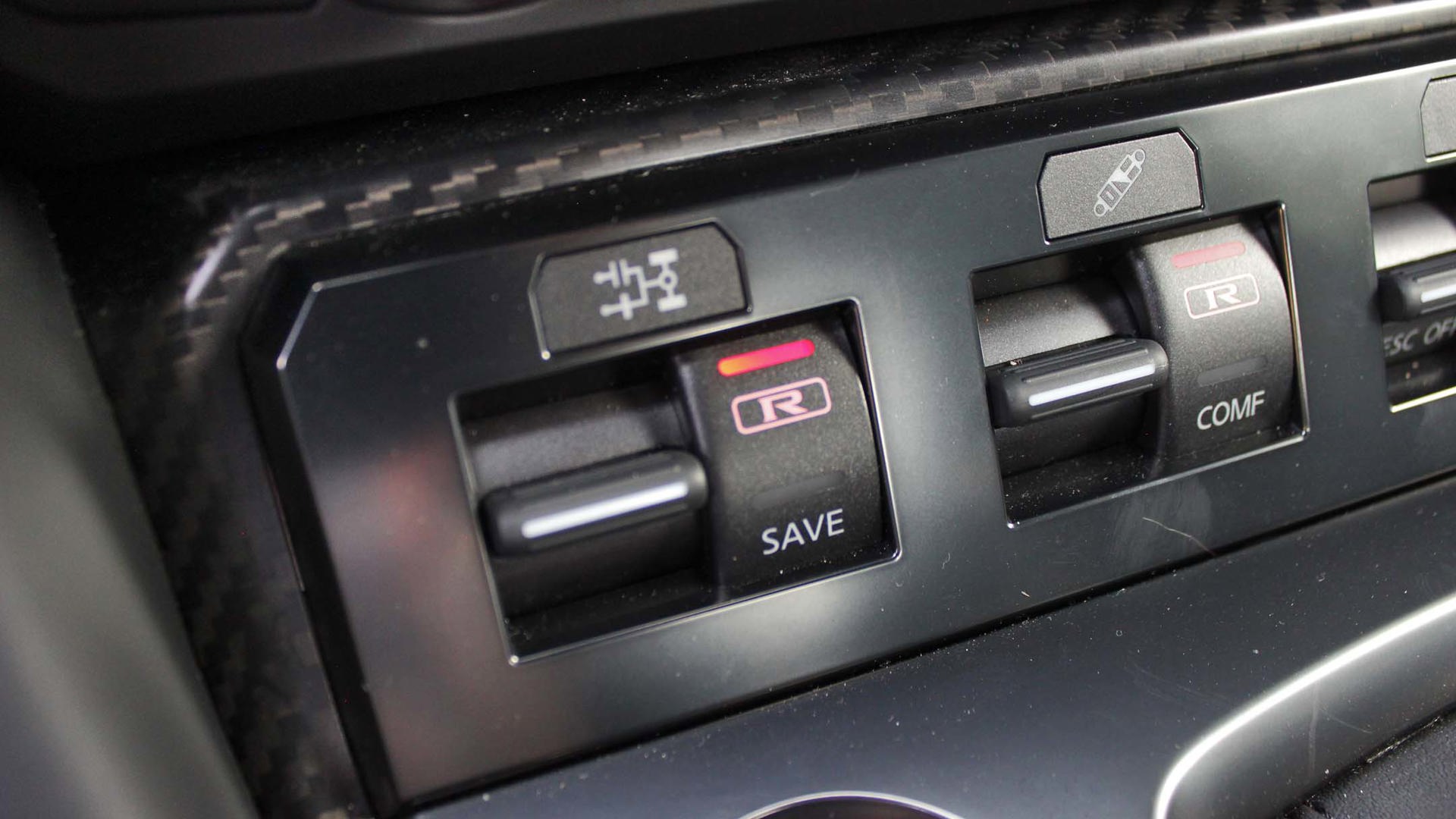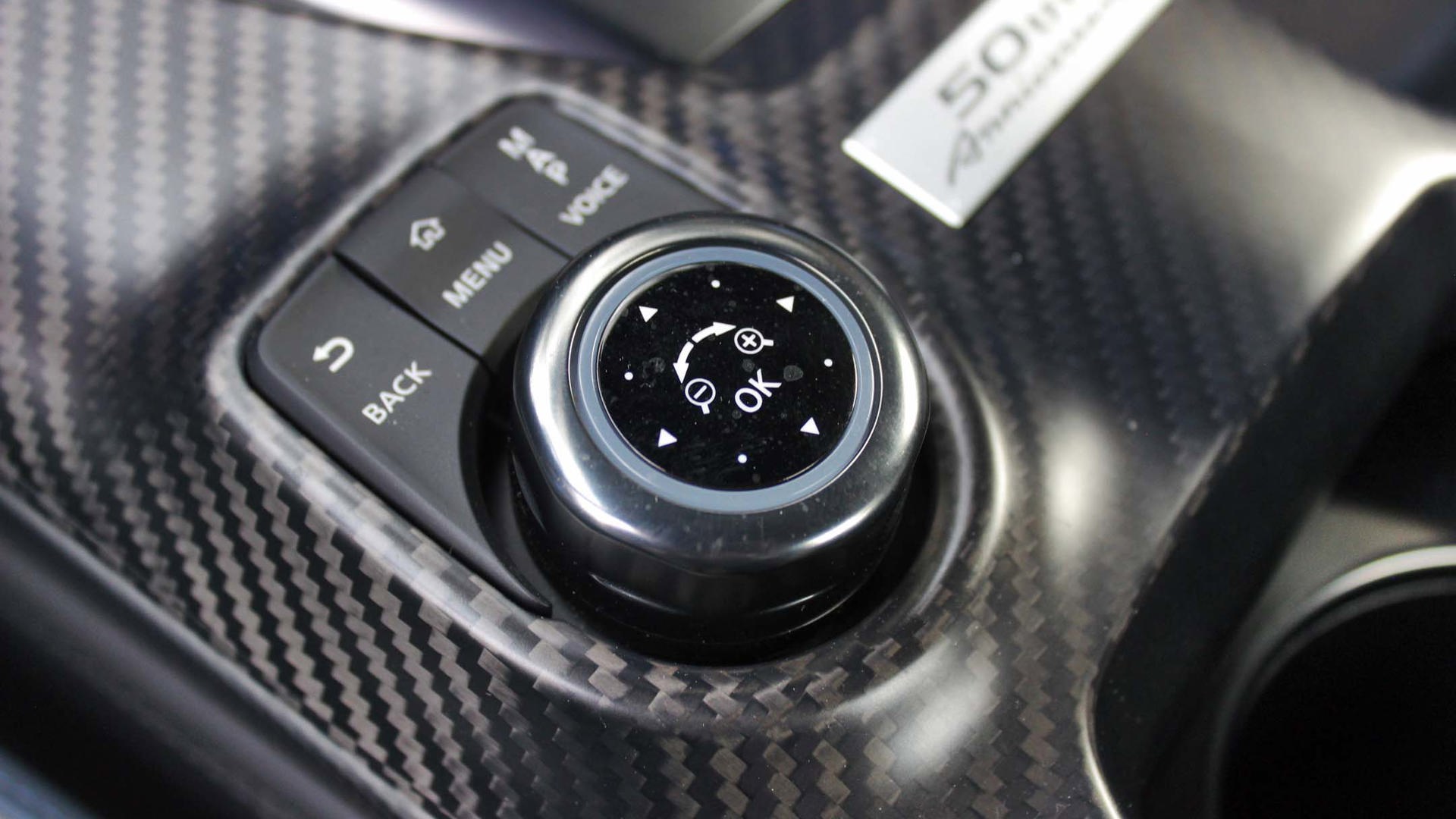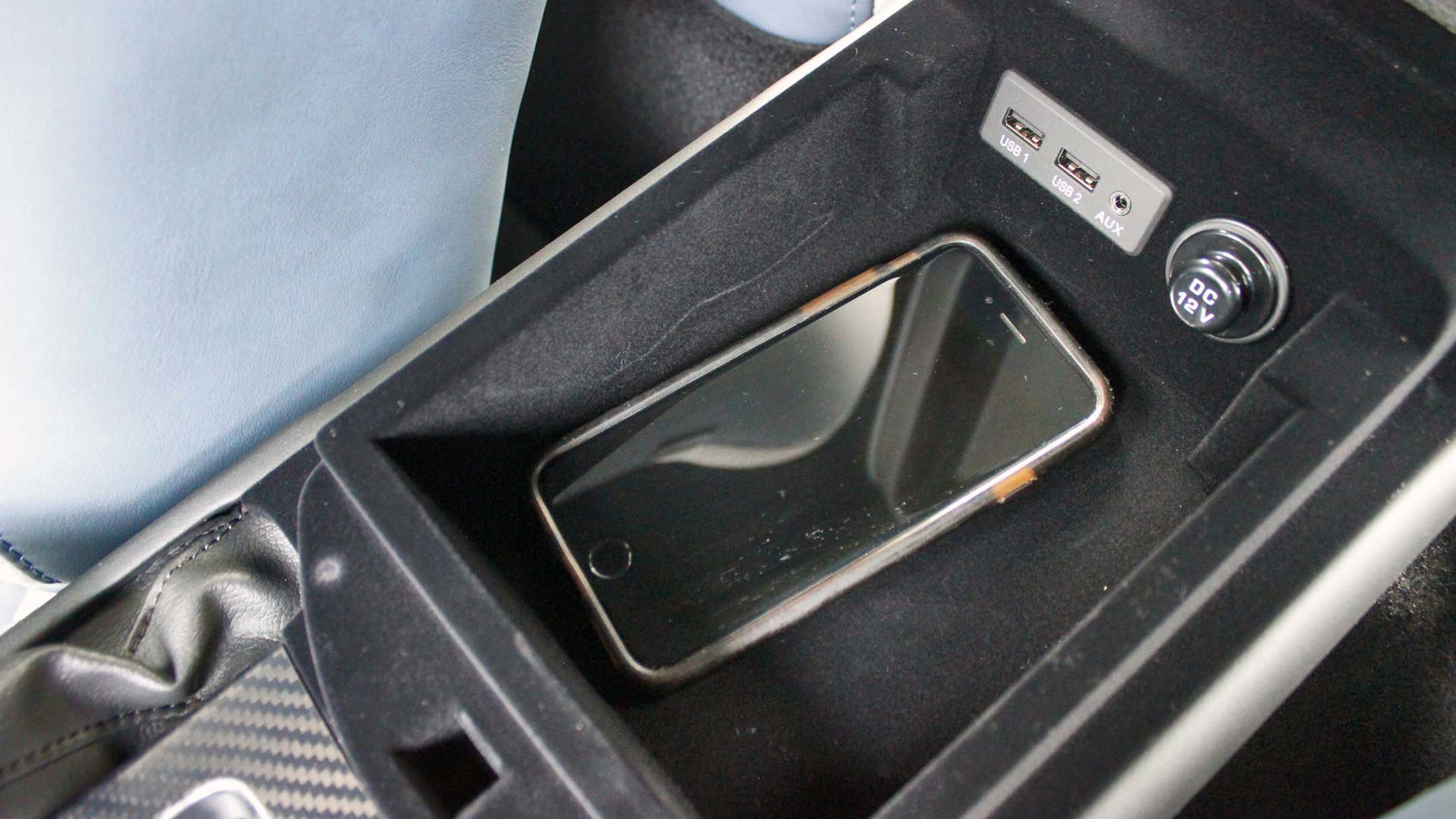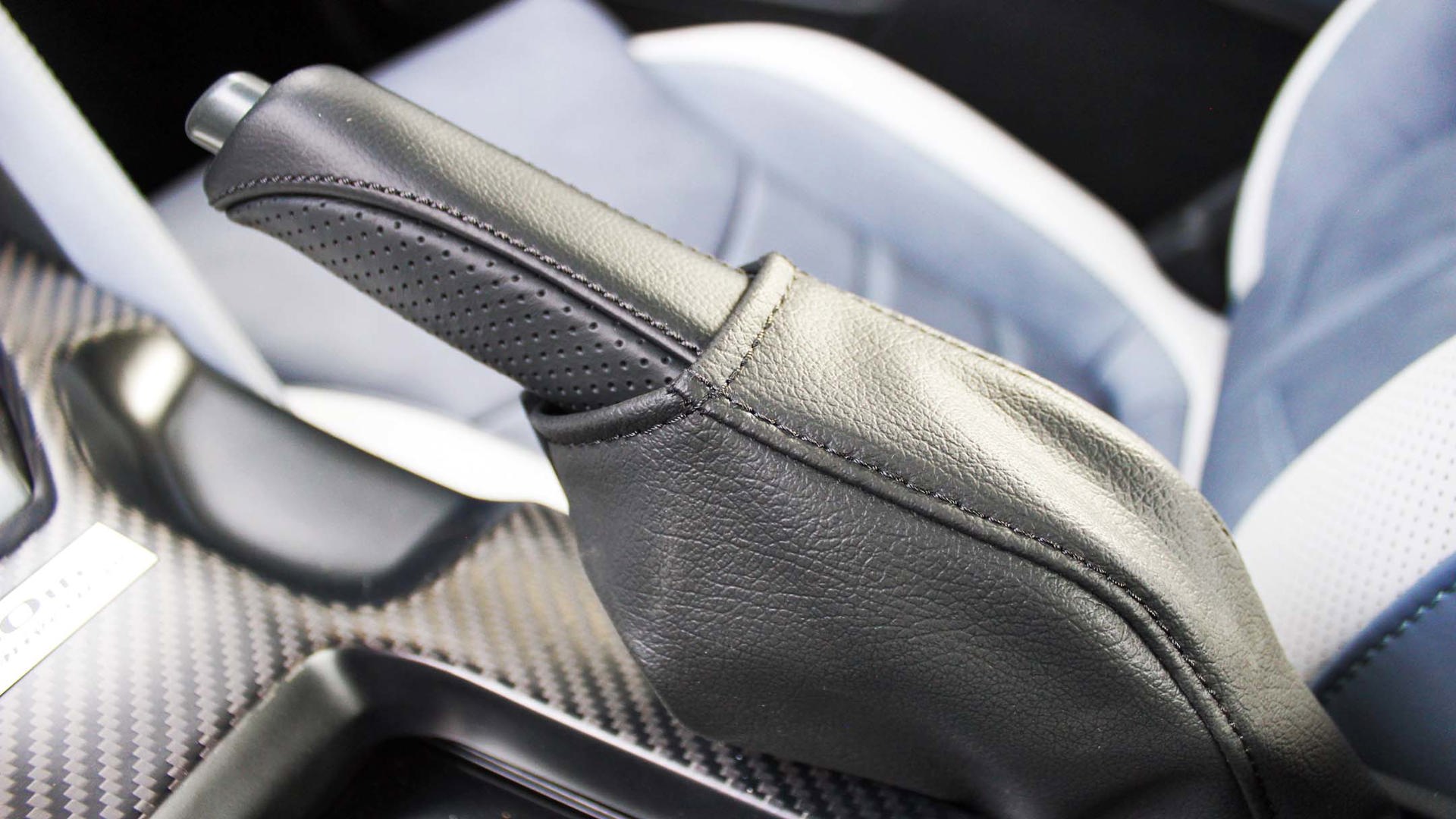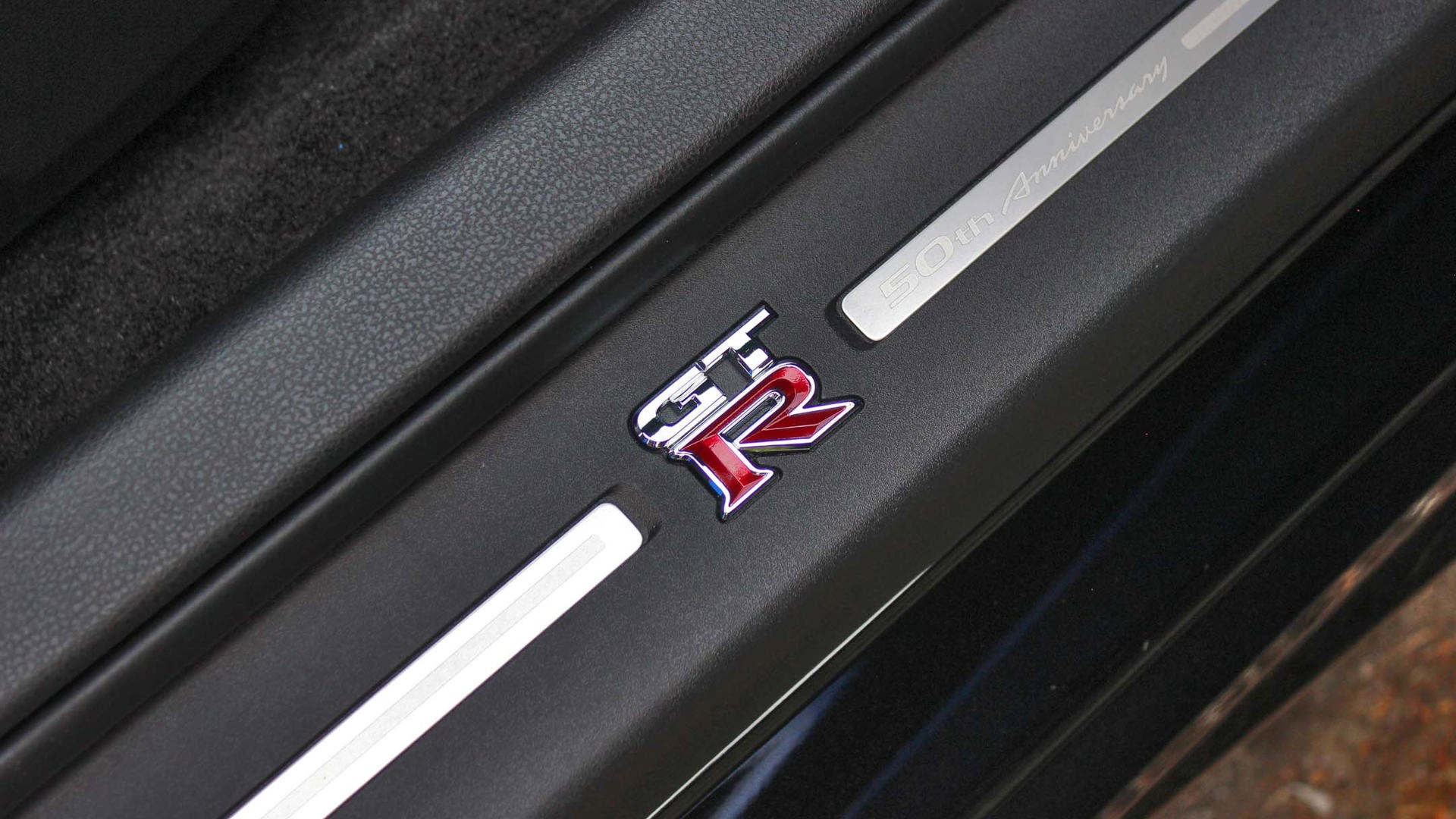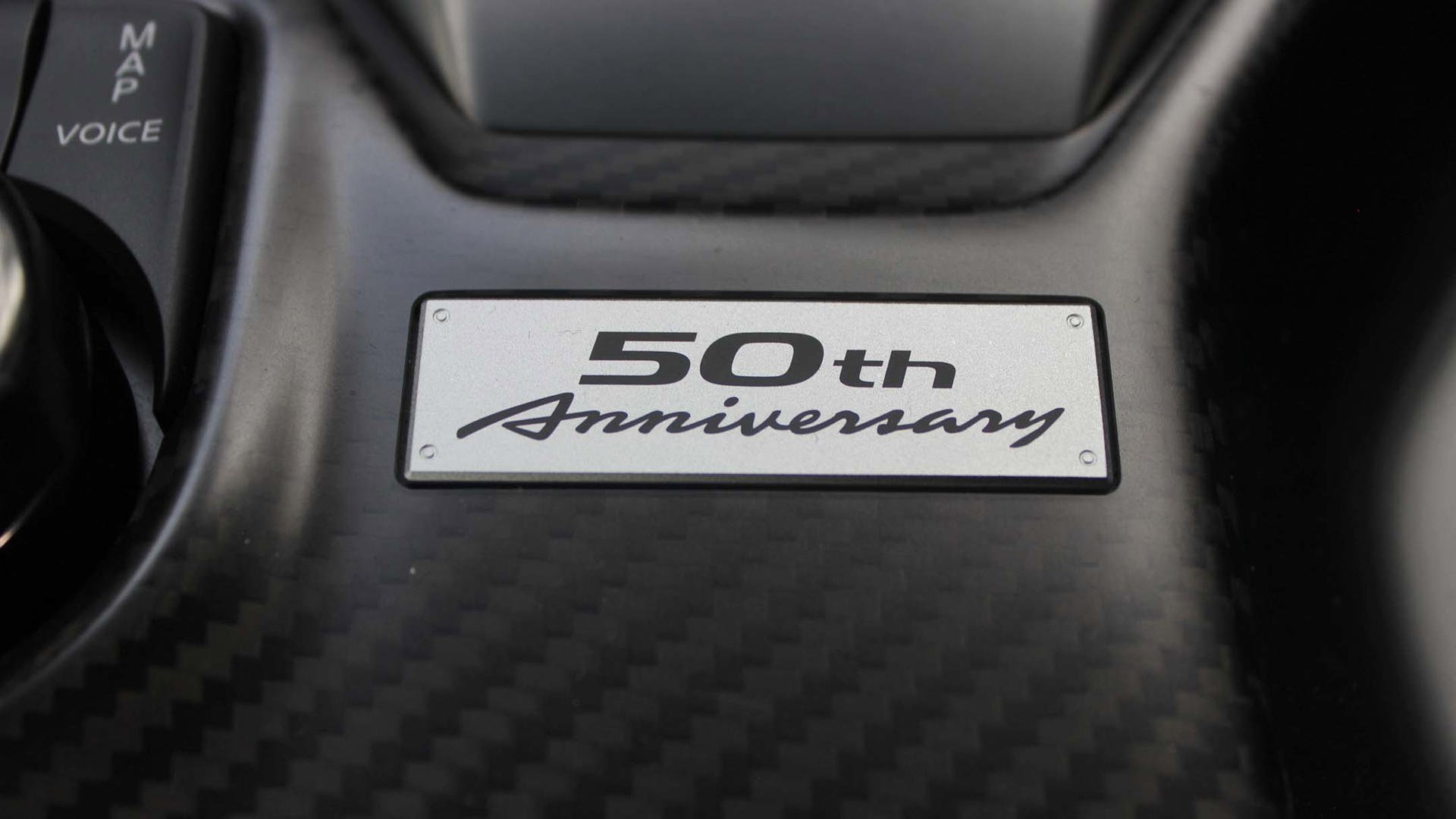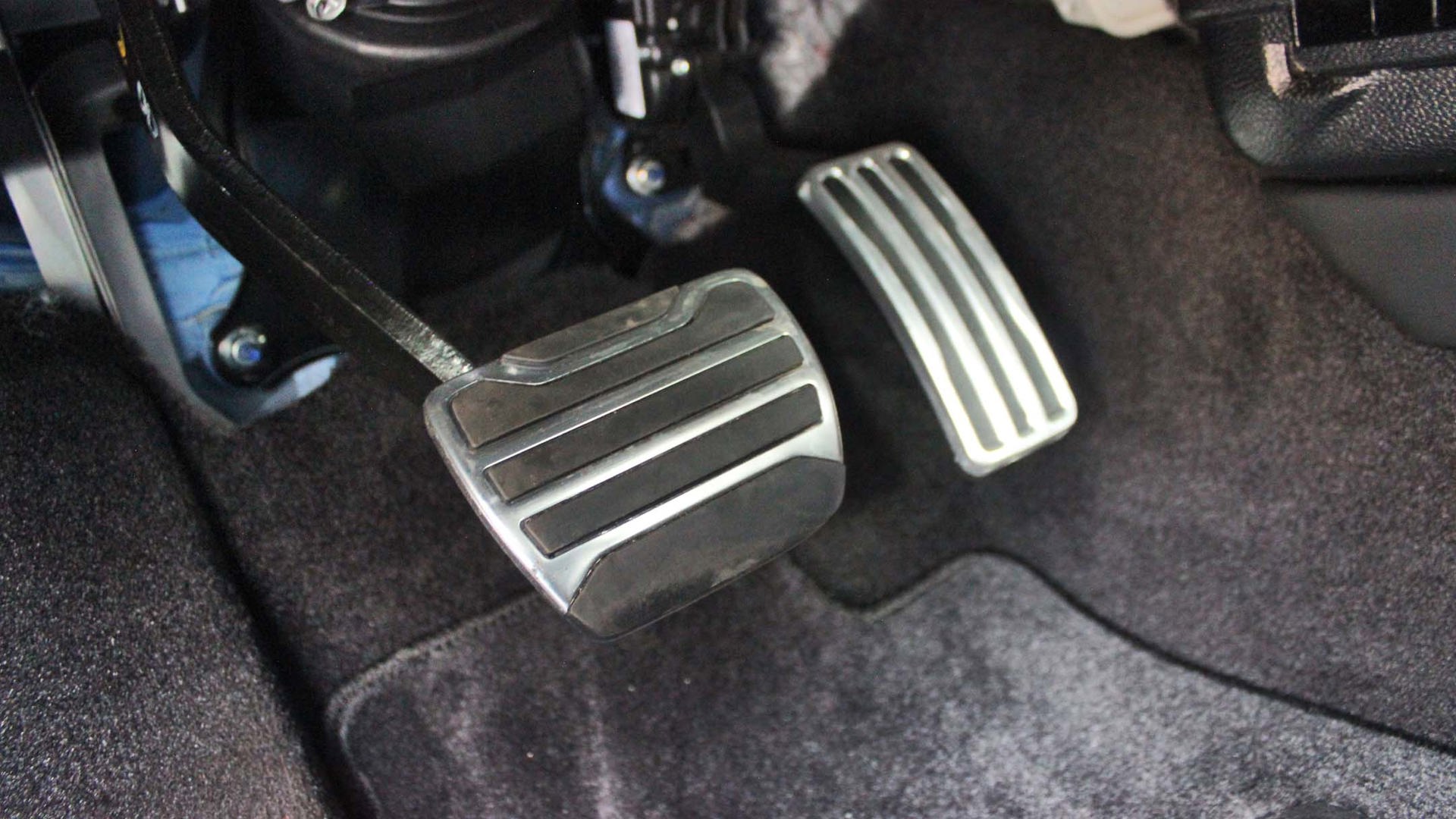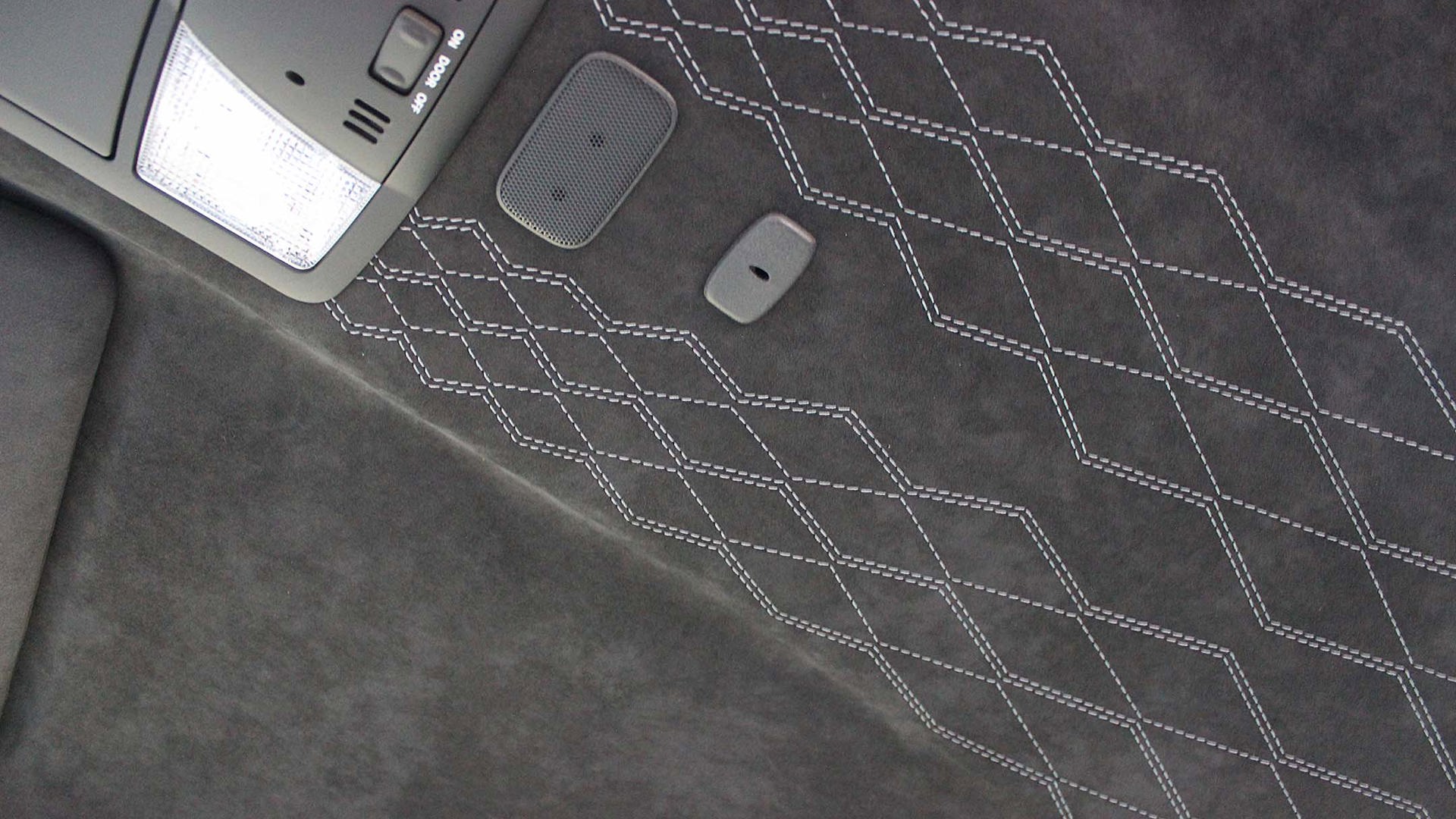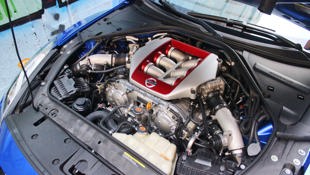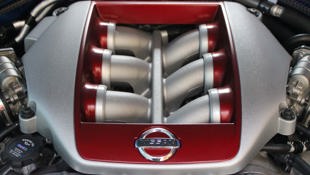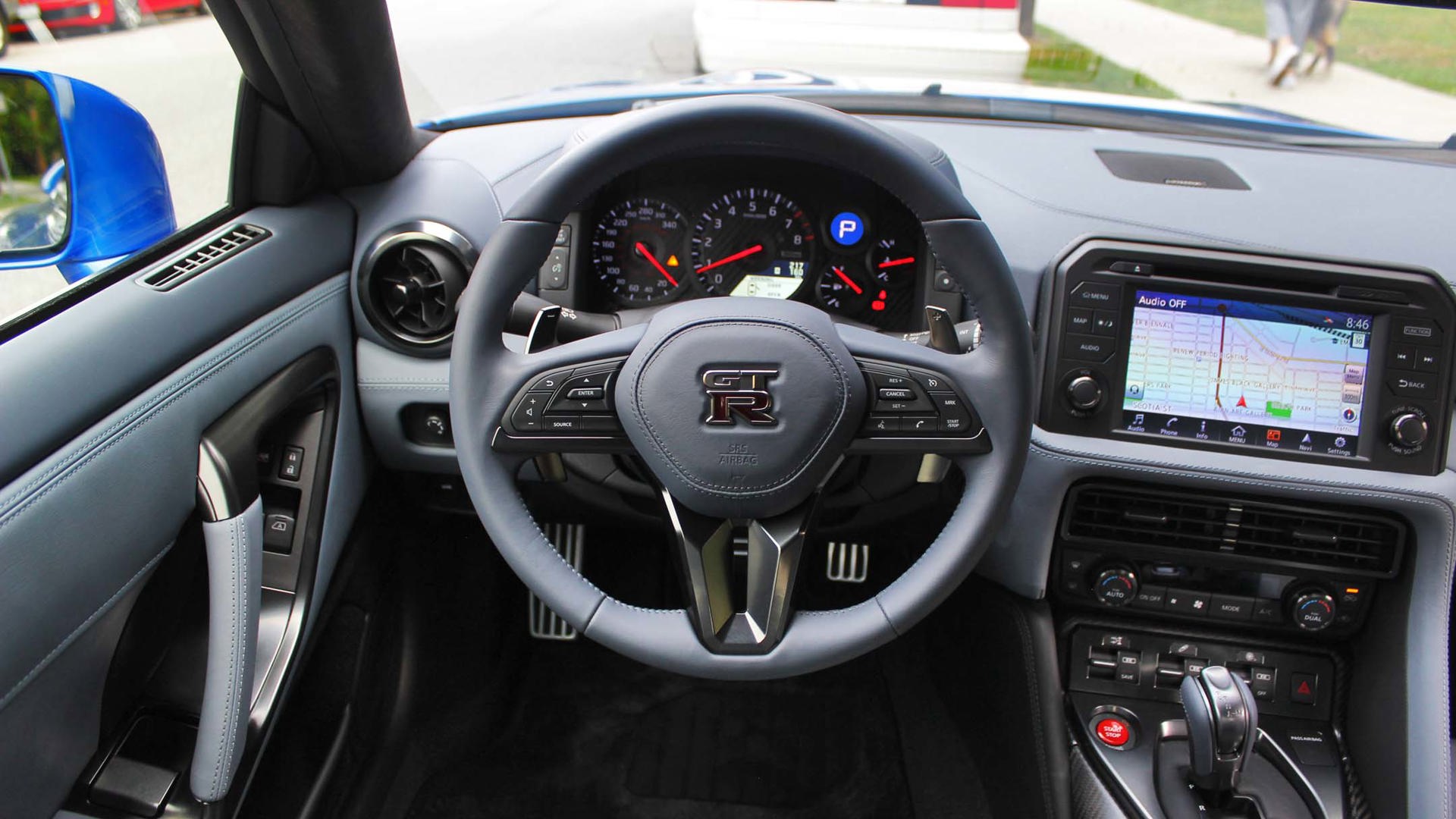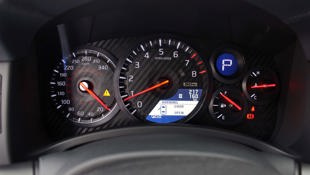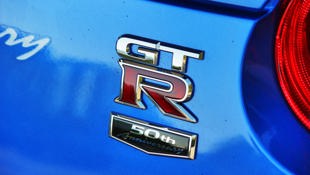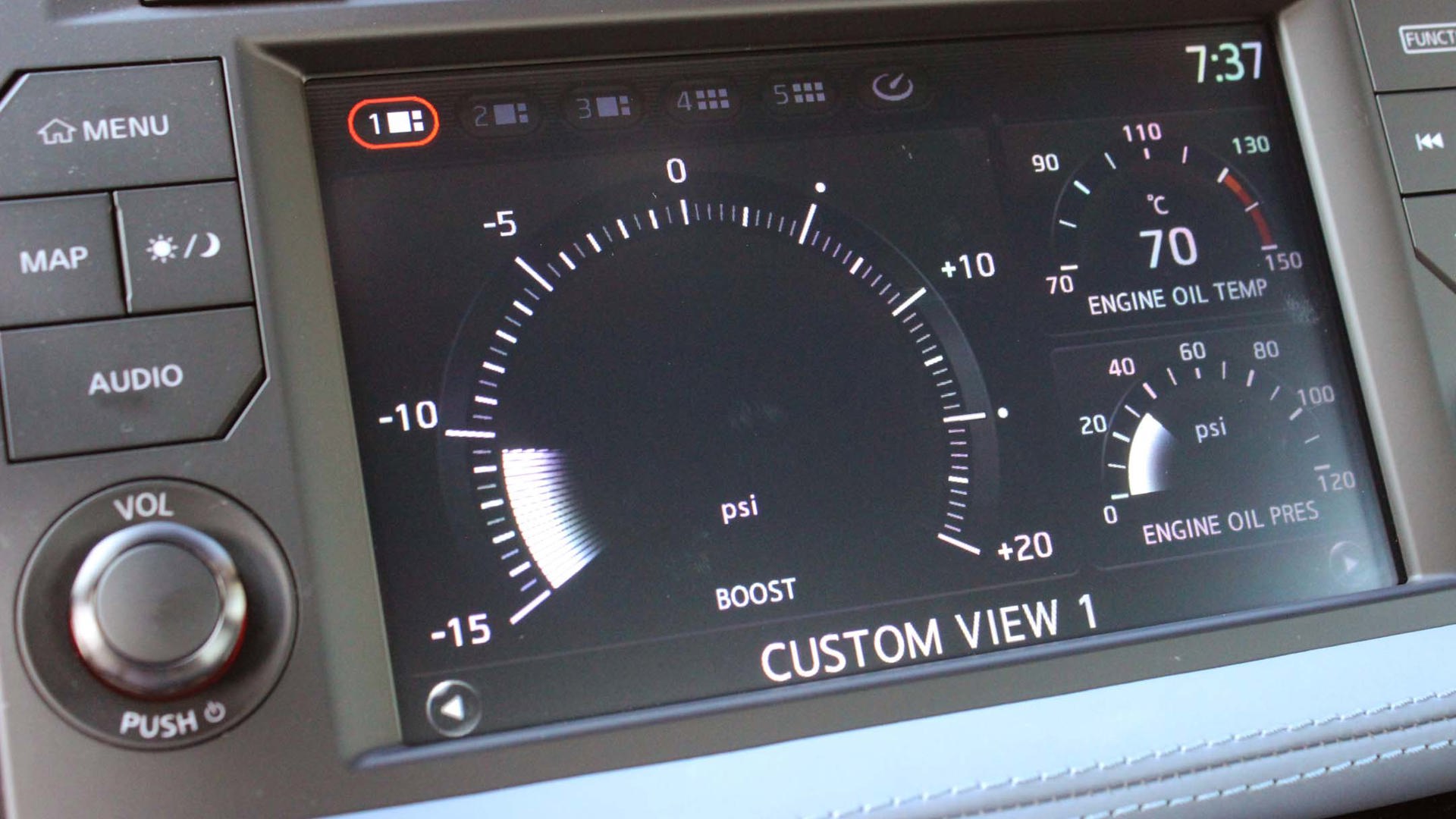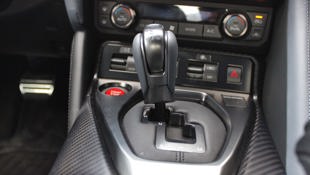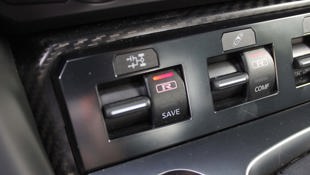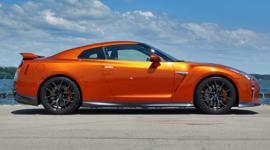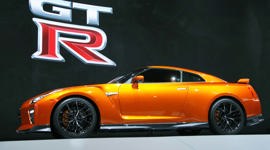 AutoTrader SCORE
AutoTrader SCORE
-
STYLING9/10
-
Safety6/10
-
PRACTICALITY6/10
-
USER-FRIENDLINESS8/10
-
FEATURES8/10
-
POWER9/10
-
COMFORT7/10
-
DRIVING FEEL8/10
-
FUEL ECONOMY6/10
-
VALUE8/10
I’d heard about it for years. I’d read about it in magazines, collected diecast versions of it, and even driven it – digitally, that is (thank you, Gran Turismo, and every other video game that put such a legend at my fingertips). After all this, I figured it was high time I put an actual Nissan GT-R through its paces. But not just any GT-R; no, this is the anniversary edition that commemorates 50 years of Nissan’s quintessential sports coupe, a model that’s become one of the most cultish performance cars on the planet.
Styling: 9/10
This 50th Anniversary spec means all sorts of cosmetic upgrades, the most notable of which is the Bayside Blue exterior colour (white and silver are also available) with accompanying white stripe running the length of the hood, roof and trunk lid. It’s painted to recall one of the liveries available on the original Hakosuka GT-Rs that competed in Japanese touring car racing back in the ’70s. The customary white door stripes and blank number decal aren’t part of the package, but you can bet most any GT-R fan that buys one of these will find a way to get it added tout de suite. I know I would.
Other additions include the best wheels I’ve ever seen on a factory GT-R (complete with blue valve caps to match the blue spokes), unique badging inside and out, and unique 50th anniversary embroidery on the seats. Add the massive front splitter, chunky rocker panels, and blue-tinted quad titanium exhaust tips, and this GT-R has presence in spades. This is one of those rare cars that no matter where you are – an underground parkade, a Best Buy parking lot, or cruising the streets – people know it’s there.
Joining the embroidery and badging inside is a unique grey-and-white upholstery for the seats, a diamond-stitched Alcantara headliner, and a unique steering wheel. The piece of kit that was the real highlight for me, however, was the gauge cluster. Finished in an awesome carbon fibre, it looks simple yet purposeful. There’s a 50th anniversary badge there, too, in case you’d forgotten which milestone you’re commemorating.
Features: 8/10
Usually, this space is reserved for covering the various driver aides equipped on modern vehicles. However, the GT-R is far from usual. Sure, there are the basics – cruise control, heated seats, automatic dual-zone climate control, navigation. Then there’s the infotainment display that was designed by Gran Turismo developer Polyphony Digital and includes various performance-related information. But that’s about it. No lane-keep assist, no blind spot warning and no adaptive cruise control. Because the point of a GT-R isn’t for it to take you through traffic with creep-to-zero adaptive cruise. Instead, it’s built to be an all-out assault on the senses.
User Friendliness: 8.5/10
The GT-R comes with Nissan’s standard infotainment system, which means Android Auto and Apple CarPlay compatibility, as well as a pretty responsive touchscreen and intuitive layout. There’s also GPS navigation, but it’s not quite as advanced as the system you’ll find in other Nissan models for 2020. With the GT-R, however, the press of a “function” button mounted beside the screen transports you into a realm of on-board computing the likes of which you’ll not see anywhere else in the production car world.
We’ve seen performance displays before in Mustangs and various SRT products – but not quite like this. On the GT-R, you can tune the info displays to show a number of figures, over a total of five different pages, all customizable with a total of 18 different parameters. You can check the g-forces at play as you accelerate and decelerate; what your fuel mixture is; what your boost is; what you fuel economy– never mind. It’s not just a simple circular g-meter – it’s a data set that would make F1 teams stop and take notice. Maybe even NASA. Who knows?
Comfort: 7/10
Like a Ford Mustang or Porsche 911, the GT-R is a 2+2, meaning there are two back seats. They’re bucket style, and there are even child seat latches so your kid can be the fastest on the block. Adults aren’t going to want to spend much time back there, though, and rightfully so. Indeed, the cabin really centres around front seat passengers, and I take very little issue with the approach. Yes, the chopped-top roofline forced me to slouch in the seat, and my right knee made regular contact with the centre console – though it’s finished in padded leather.
Seating is up to par for the segment, and while the ride is incredibly firm and aggressive at the outset, there is a Comfort setting for the chassis that makes the GT-R surprisingly usable around town. The climate control system, however, is another issue altogether. No matter how much tweaking I did or how many knobs, buttons, and vents I manipulated, I just couldn’t get the A/C right.
Practicality: 6/10
Beyond the obligatory child seat anchors, there’s also a generously sized trunk, though it’s tough to access due to its small opening. I was, however, able to fit a weekend’s worth of wares for two passengers there (including a pair of umbrella-style folding chairs), which is about all you want in a car like this. There’s also a trio of cupholders – two up front and one in the back – and a decent-sized central storage bin, though it’s a shallow one, with barely enough room for a glasses case and wallet.
Power: 9/10
Put simply, there’s lots of it. The twin-turbocharged 3.8L V6 makes 565 hp to go with 467 lb-ft of torque that’s available from 3,800 rpm through 5,800 rpm. That may seem like a lot of revs: when you consider that the Porsche 911 Turbo hits maximum torque at just 1,950 rpm and the BMW M4 reaches its plateau at 1,850 rpm, it is. But the GT-R is very different than its fellow twin-turbo brethren.
Power is fed to all four wheels via a six-speed dual-clutch transmission, the likes of which can’t be found anywhere else in Nissan’s lineup as only this particular powertrain would do it justice. It can be set to either Save, Normal, or R modes with the flip of a toggle switch mounted alongside similar controls for the suspension and traction control system just ahead of the shifter, and let me tell you: There’s just something about flipping a toggle switch as you set off that adds another dimension to the experience.
Elevating the experience even further: the accelerator pedal, with the output propelling you forward (once past 3,800 rpm, of course) with ease. Yes, ease. It’s kind of a strange sensation, really; you can be on it – I mean really on it – but everything is done with so much precision that it’s more like you can sense what’s going on as opposed to really feeling it.
It’s almost supernatural, and it’s unlike anything I’ve ever driven. In a Mustang, a car I drove not one day after the GT-R, you can see the hood shaking ahead of you. It’s almost like you can feel every valve opening and closing, every piston pumping as you hammer that V8. That’s why, despite travelling 10, 20, or 30 km/h slower than you would be with similar throttle inputs in the GT-R, it doesn’t feel as such. The GT-R’s hood doesn’t rumble, there’s nary a squeak from the chassis as you tip in and there isn’t even that much noise, even though the quad titanium tailpipes are massive. That’s also why I didn’t mind having to rev it to really get the juices flowing; it’s a nice added layer of fury to what is otherwise a somewhat overly controlled affair.
Driving Feel: 8.5/10
Of course, that’s not to say that the GT-R isn’t engaging – far from it, especially when you consider the handling. As big and wide as the GT-R is, it doesn’t feel it, with quick transitions coming with a flick of the wheel. It’s helped by the all-wheel drive system’s rear-biased torque distribution.
What that means is that while the nitrogen-filled Dunlop tires will stick like glue, there’s still the occasional controlled slip; nothing too serious, but enough to remind you of the forces at play. But it’s just so planted, and for a car this big, it’s so precise and responsive that you’d think you were in something much smaller. This is a car that would feel right at home on the race track; indeed, that’s the only place one should ever take it even close to what it’s actually capable of.
Because the GT-R is so dialled-in and direct, it makes you feel like a driving star no matter how hard you’re pushing it. Sure, it’s a little firm around town even in the softest suspension setting, but after that, you get the sense that you can do almost anything behind the wheel. It’s that confidence-inspiring, and a spectacular look at what a well-sorted all-wheel drive system and transmission can do.
Safety: 6.5/10
You won’t find the most robust safety suite here. No matter though, because you’re likely going to be having so much fun clipping apices and exits that you’d want to turn any lane-departure assists off anyway. Maybe the addition of adaptive cruise control would be nice, though that could mean an unsightly sensor mounted to the front clip. There are audible parking aids, however, which are nice given how wide the GT-R is.
Fuel Economy: 6.5/10
Observed fuel consumption of 12.0 L/100 km proves the GT-R thirsty to be sure, though my results were slightly better than the Natural Resources Canada (NRCan) combined rating of 12.6 L/100 km. But the big issue is that Nissan asks that 93-octane fuel be used. Gas prices being what they are today, that’s going to be a bit of a hit to the wallet, especially when pushing the pedal generously.
Value: 8/10
The Nissan GT-R is certainly not inexpensive, that’s for sure. It starts at $129,998 in Canada, and that handsome 50th Anniversary package will set you back an additional $9,000, plus $1,000 if you want extra-special pearlescent paint. My tester ticked all the boxes and was priced at an eye-watering $139,998 before taxes. Of course, the level of performance here easily rivals that of the Audi R8 or Porsche 911, both cars that cost the same or more, and neither of which make as much power. In that regard, you could almost call the GT-R a high-performance bargain.
The Verdict
The one thing that’s hard to put a price on is the intangibility of the GT-R’s cult status. The racing heritage, the video games, the movies, the lore – that’s the stuff that’s hard to find elsewhere. It’s also impressive how this car has managed to create such an image for itself, especially considering it’s only been available in this part of the world since 2008. If you’re buying a GT-R – 50th Anniversary Edition or otherwise – you’re not just buying a car. You’re buying a story and that’s what rare sports cars like this are all about.
| Engine Displacement | 3.8L |
|---|---|
| Engine Cylinders | V6 |
| Peak Horsepower | 565 hp @ 6,800 rpm |
| Peak Torque | 467 lb-ft @ 3,300–5,800 rpm |
| Fuel Economy | 14.2/10.7/12.6 L/100 km cty/hwy/cmb |
| Cargo Space | 249 L |
| Model Tested | 2020 Nissan GT-R Premium 50th Anniversary Edition |
| Base Price | $129,998 |
| A/C Tax | $100 |
| Destination Fee | $2,500 |
| Price as Tested | $143,598 |
|
Optional Equipment
$10,000 – 50th Anniversary Edition (Unique exterior colour – blue with white stripes, unique wheel colouring – blue, special leather-trimmed seating, 50th Anniversary Edition badging: rear, tachometer, Alcantara steering wheel, shift knob, front seats, kick plates), $9,000; pearl metallic paint, $1,000
|
|

